Happy Tuesday, friend! Our adventures in Japan continue beyond Tokyo to the countryside via shinkansen, the fastest train I’ve ever ridden.
Off to the historical villages we went– just northwest of Tokyo to the cities of Takayama, Shirakawago and Kanazawa. These areas are known for preserved architecture from the Shogun period, and they hold rich stories of old Japan.
This is only the second time that I’ve traveled with this blog in mind, and I think I am getting photography fatigue. Not being a professional (or even very experienced), travel photography can be rather overwhelming. Still, I’m chugging along like the little engine that could. Sure, my husband is a better photographer (check out his tips here), and I could continue to steal his photos, but I’m working towards a bit more independence here.
Anyway, this is the best I can do with the somewhat cloudy and rainy weather we’ve been having. Your feedback is greatly appreciated; enjoy the snapshots!
First stop: Takayama
Kami Sannomachi street is known as the “Small Kyoto” for its traditional buildings and canal-like gutters. Little shops with artisanal goods and tasty sweets line this pedestrian-only walkway. Ducking under noren, cloth dividers that cover most entries, we entered gorgeous displays of local earthenware and lacquerware.
The locals love flowers, and each shopfront has a few pots of azaleas, hydrangeas, and other blossoming beauties. Aside from the tourists, of which there aren’t too many, this is a quiet and quaint little town.
The craft shops had such adorable displays: mobiles, toys, dishes, wind chimes, teas… I fell in love with all of it! Products in Japan are so well-made; it’s a country that does not skimp on quality or perfection.
Pausing for tea…
One Japanese ritual I’ll be bringing home is afternoon tea. This is not like Western tea time where desserts and pastries abound; this usually consists of one cup of a hot green tea (or matcha!) and a small sweet bite.
Teahouses come in a variety of shapes and sizes. The one we visited in Takayama was simple and bright. Built to surround a private garden, we could drink tea while looking out upon a few delicate maple trees and stone sculptures.
We’re doing a traditional tea ceremony in Kyoto, after which I’ll be sharing all about tea traditions in Japan. According to locals, sharing tea with someone was a sign of equality. In a rigidly hierarchical society like Shogun Japan, enjoying a cuppa as equals was hugely significant.
Takayama Feudal Government Building
I know that “feudal government building” (aka jinya) sounds ominous at best, but this was actually quite fascinating. The decor was so simple and low-profile– characteristic of traditional Japanese style.
There was nothing cushy about feudal government; enemies of feudal lords beware. Each class of individuals had different entrances from which to enter the jinya. Merchants had one entrance, peasants another.
Classist hierarchy is not popular nowadays, but it did have its administrative benefits. Like a drawer organizer, everything (and everyone) had a place and function, no questions asked. There was absolutely no ambiguity as to where people belonged in society. Most individuals lived their lives within the confines of their lot; follow the rules and the lord will take care of you.
Next Stop: Shirakawago Village
This was my absolute favorite stop on our foray into the countryside. These thatch-roofed homes are absolutely adorable, not to mention hundreds of years old! Now a World Heritage Site, Shirakawago is becoming increasingly popular. Despite being hidden in the mountainous regions of western Honshu, these little homes are drawing visitors from near and far.
What’s the story behind these thatched roofs? For raising silkworms, of course! The first and second floors are residential, and the rest contain tools for raising those little critters that produced silk, a valuable commodity.
Despite the rain, we loved wandering through this quiet town. Amid small gardens and rice paddies and temple gates, these homes rest in an absolutely picturesque valley.
Third Stop: Kenrokuen Garden in Kanazawa
Kenrokuen is known as one of the most beautiful gardens in Japan. It is full of trickling streams, peaceful views and absolutely stunning trees.
One thing I love about Japanese gardens is that they often have teahouses inside! Nothing better for a respite from lots of walking than a hot cup of matcha!
But due to its unparalleled beauty, Kenrokuen draws tons of tourists– it was difficult to snap any photos without a tourist in it! Everywhere we turned, there was a tour guide waving a flag for her disciples to follow; one in particular had an obnoxious megaphone as well.
If we had stayed the night in Kanazawa, we would have come back at dawn, when hopefully most tourists would have still been sleeping. Maybe next time!
Next up: Kyoto and Hakone
We are now more than a week into our trip, and I can hardly believe how much we are seeing and doing each day. We’ve been in Kyoto the past two days (photos coming eventually!) and there has been so much to see, taste and explore.
Packing a trip full is hard to resist, even though I am obviously one for slow travel. Like almost any other country, it’s impossible to see everything in each Japanese city, not to mention all of Japan. To use an unoriginal metaphor, traveling is like drinking from a fire hydrant: you’ll miss a lot (or most) of it, but you’ll gain something. And that thing is worthwhile.
The quietness and propriety of Japanese culture is rapidly growing on me, and I think it will be hard to readjust when we head home in less than a week. It is not a culture that is always talking; quite the contrary, in fact. It’s a culture that makes time for discipline, passion, and contemplation.
[Tweet “Charm in the Japanese Countryside: 3 tranquil and gorgeous cities to visit via @daisylinshih”]


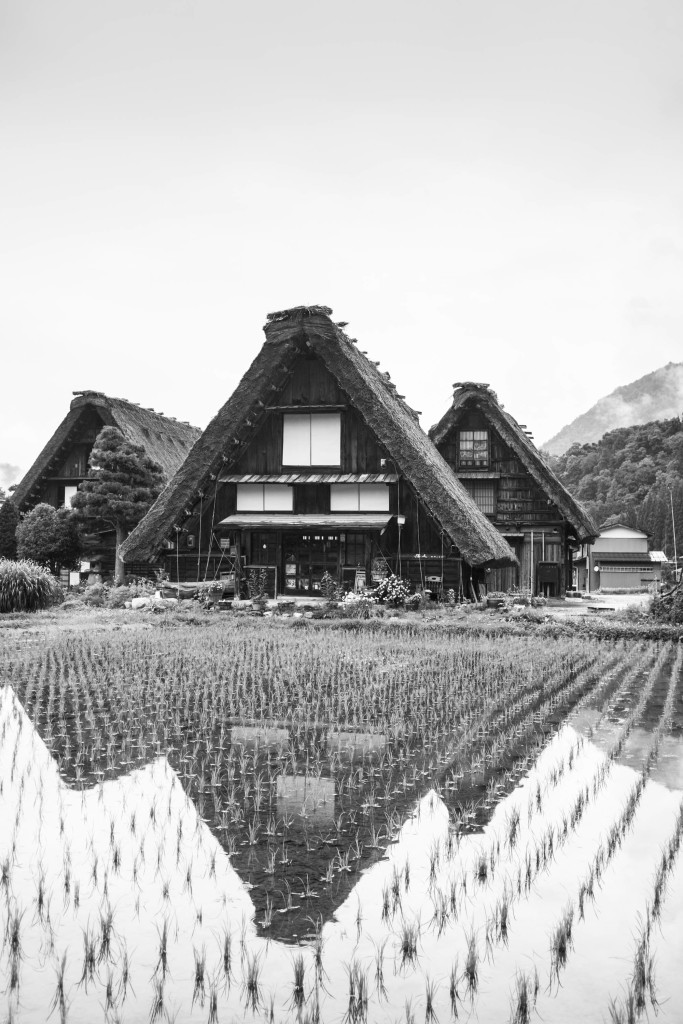
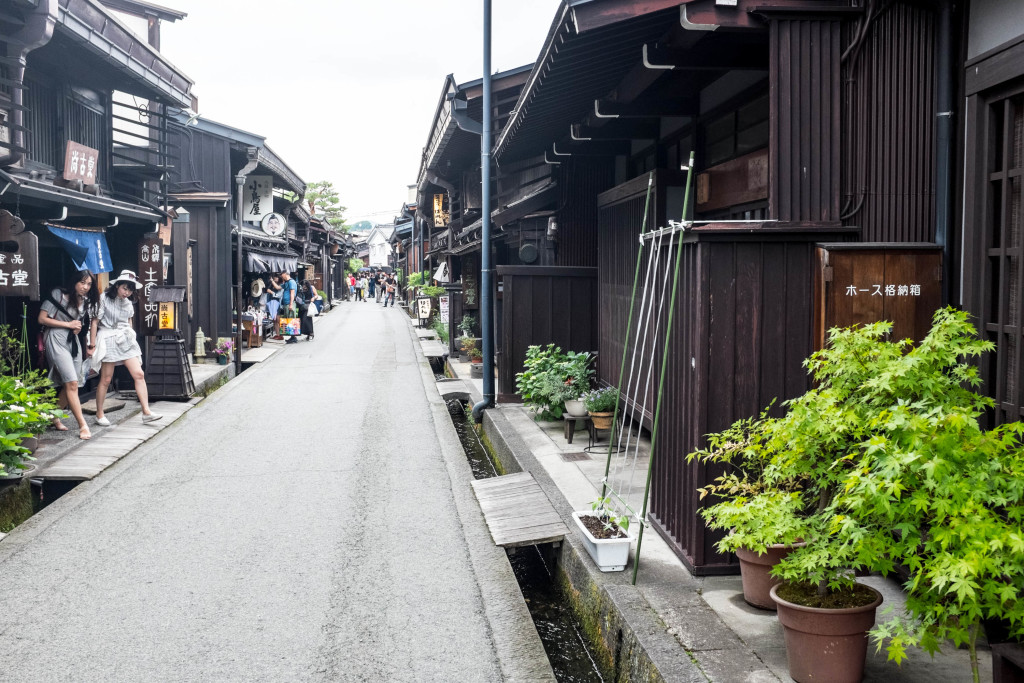
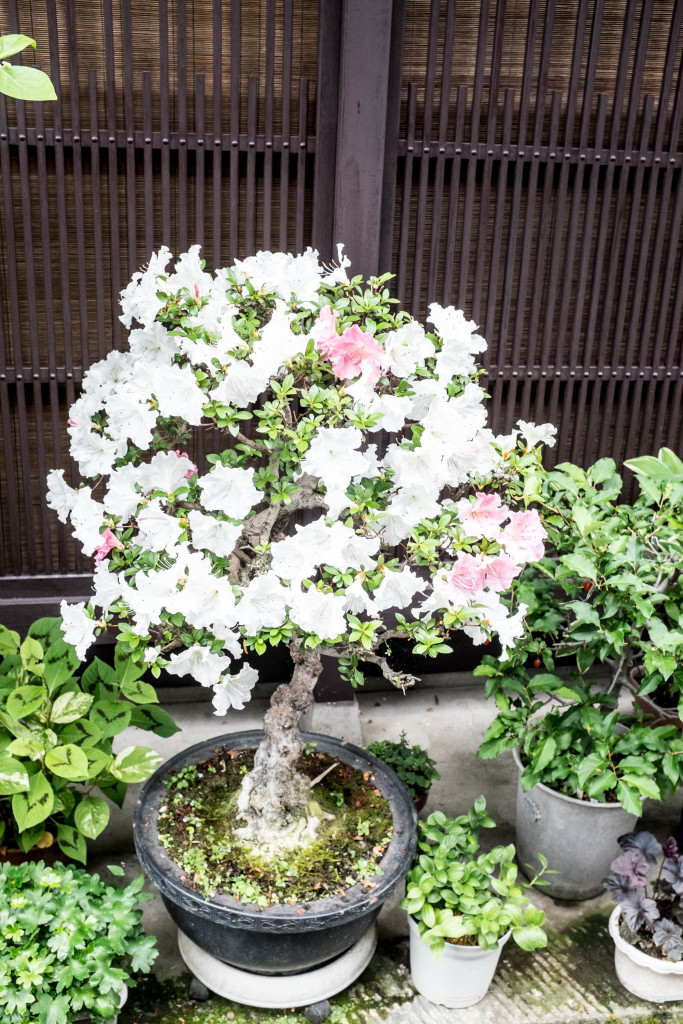
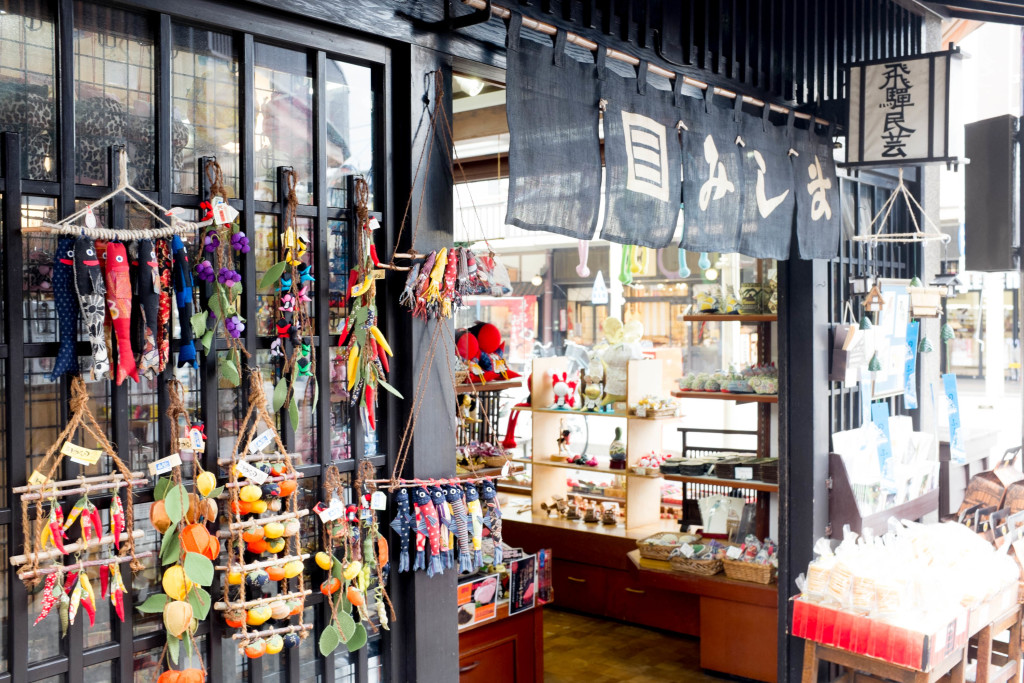
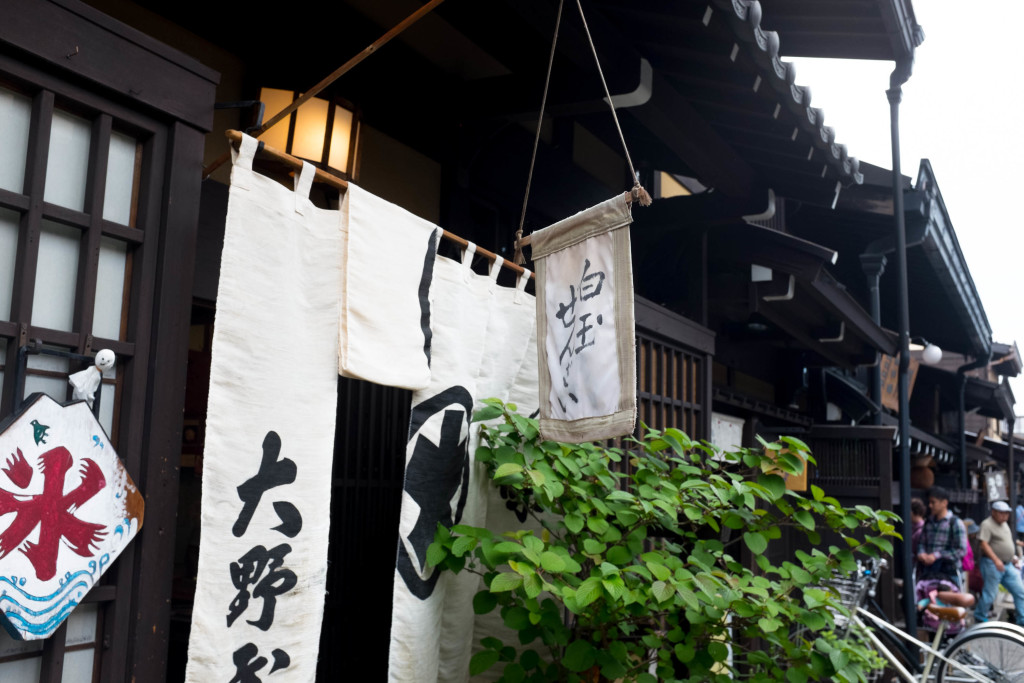
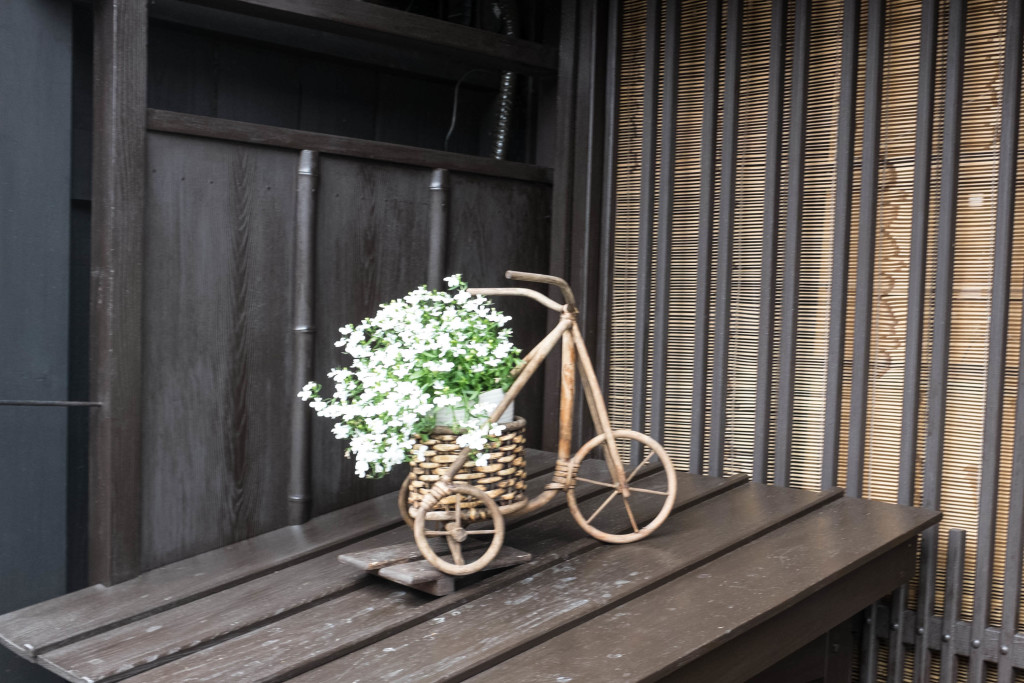
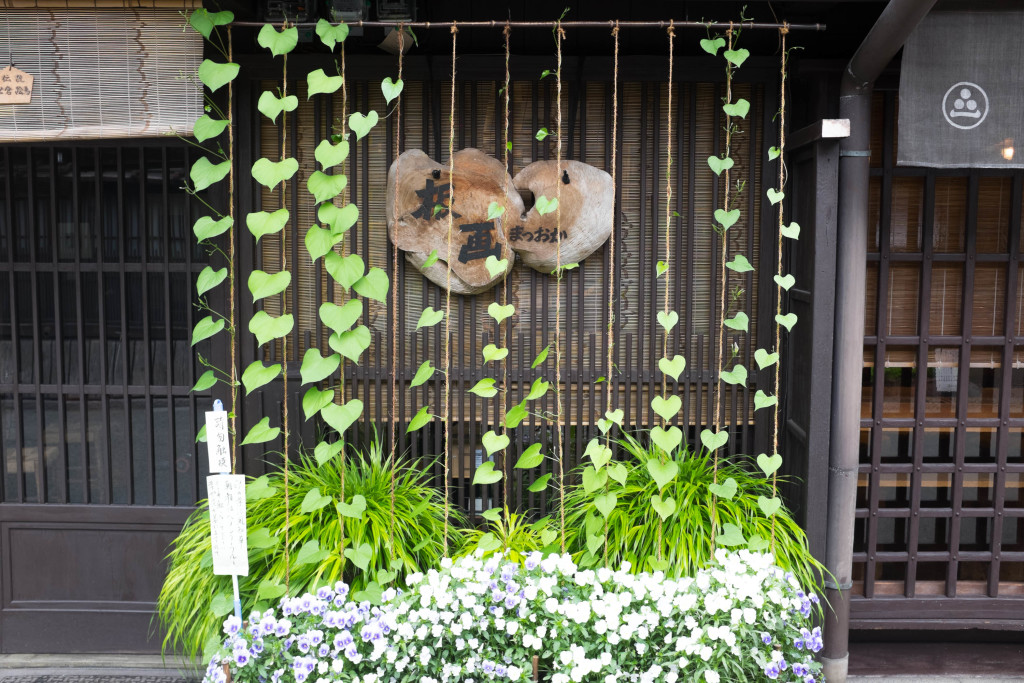
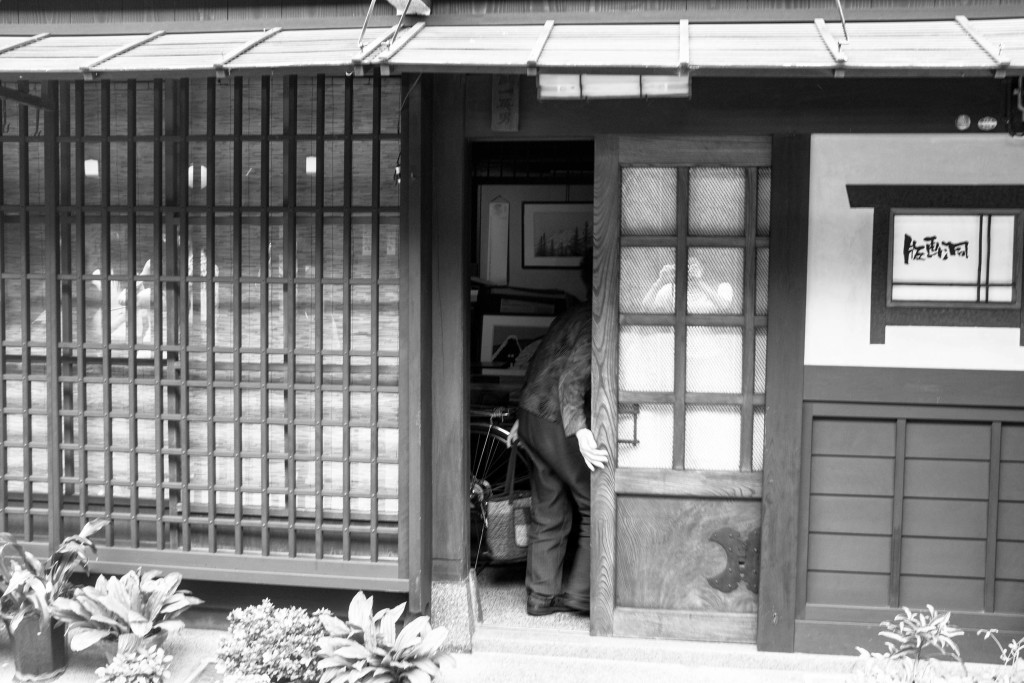
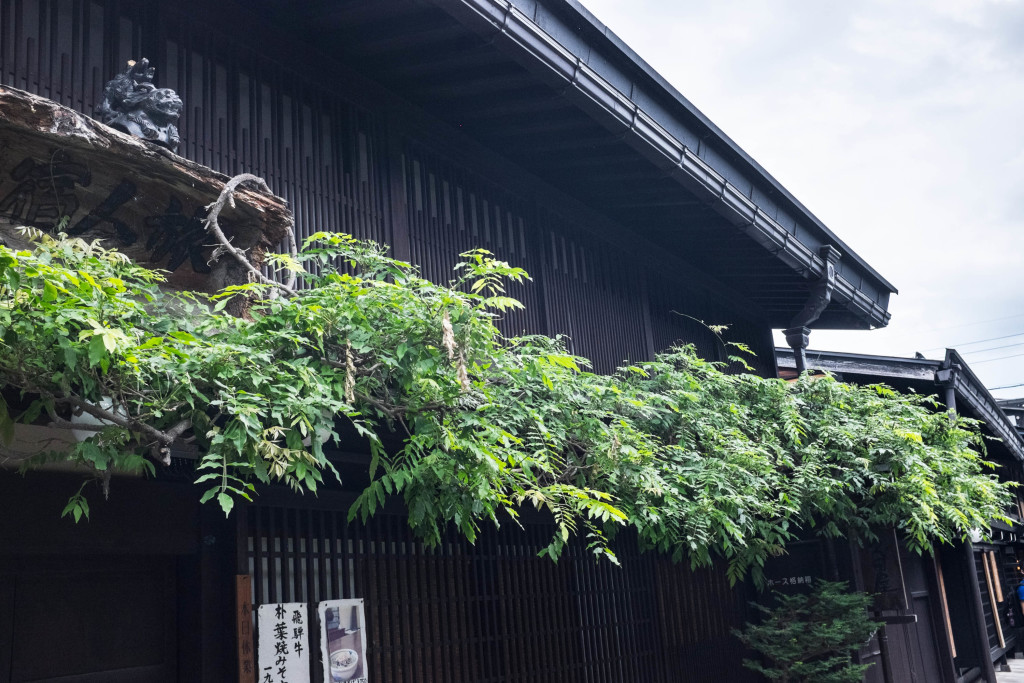
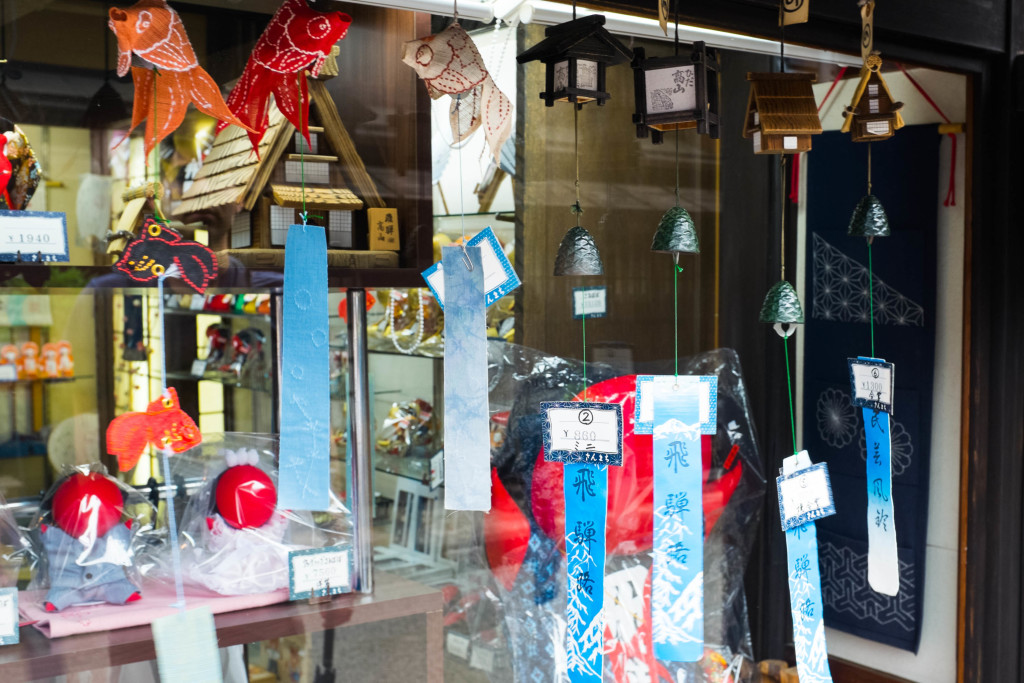
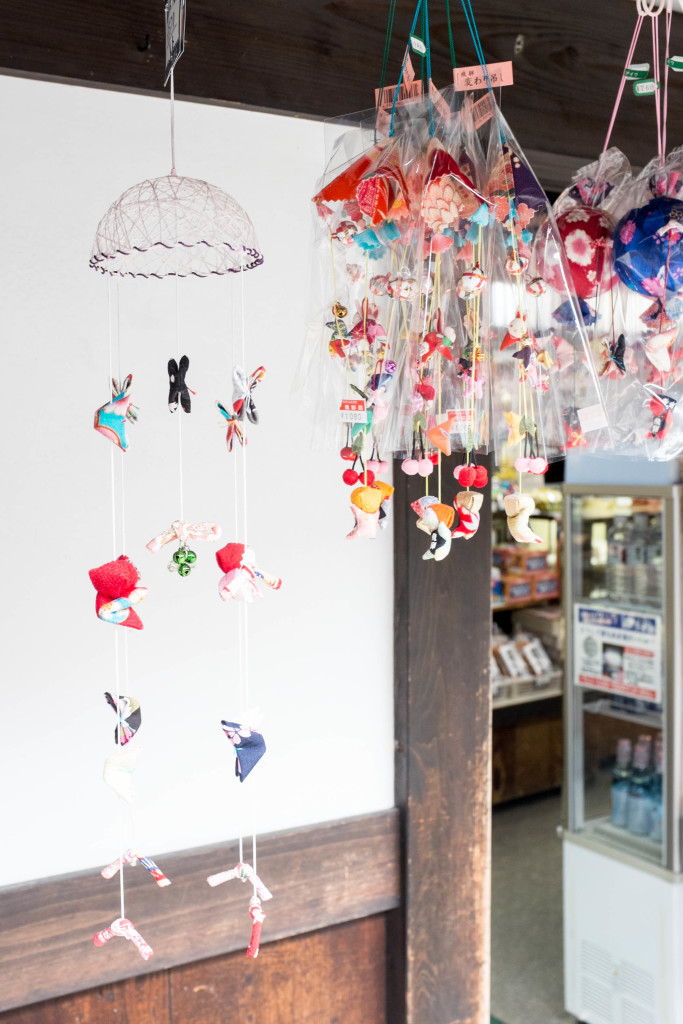
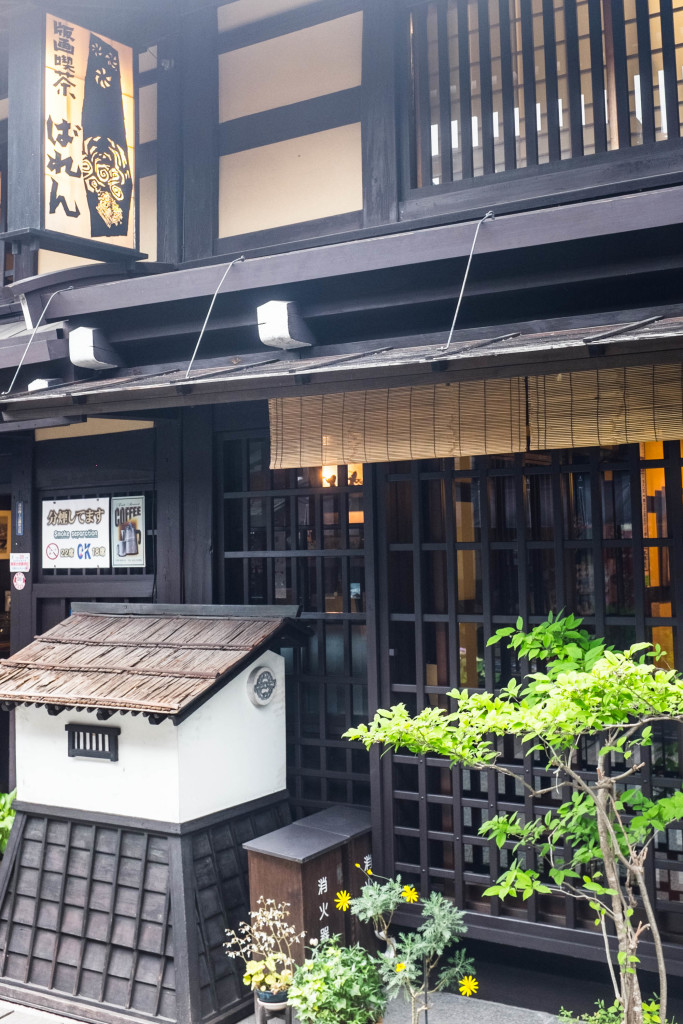
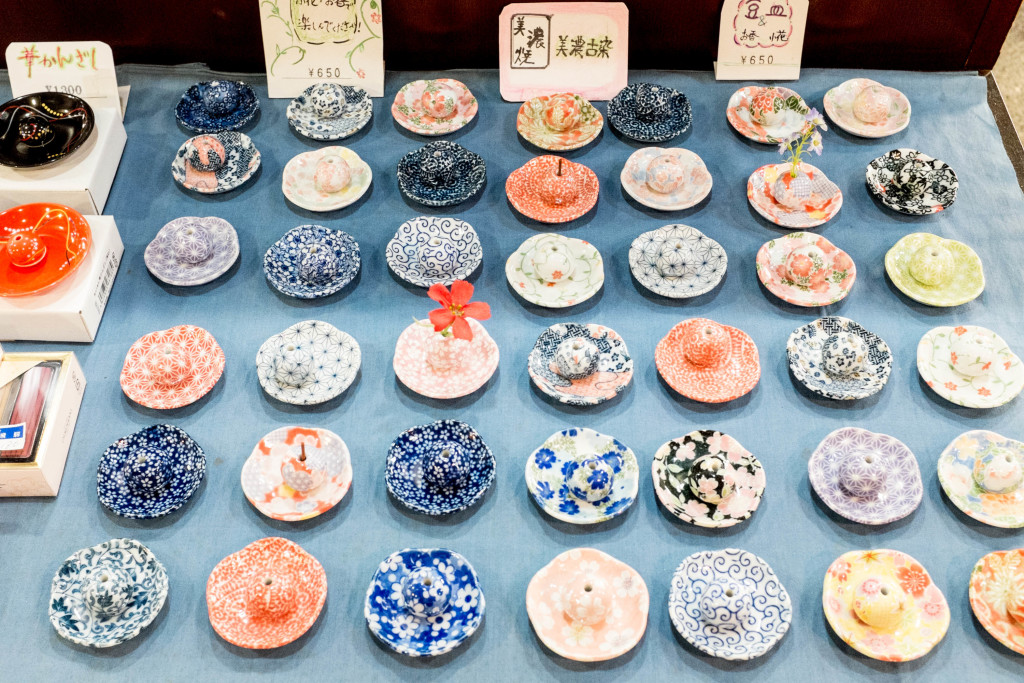
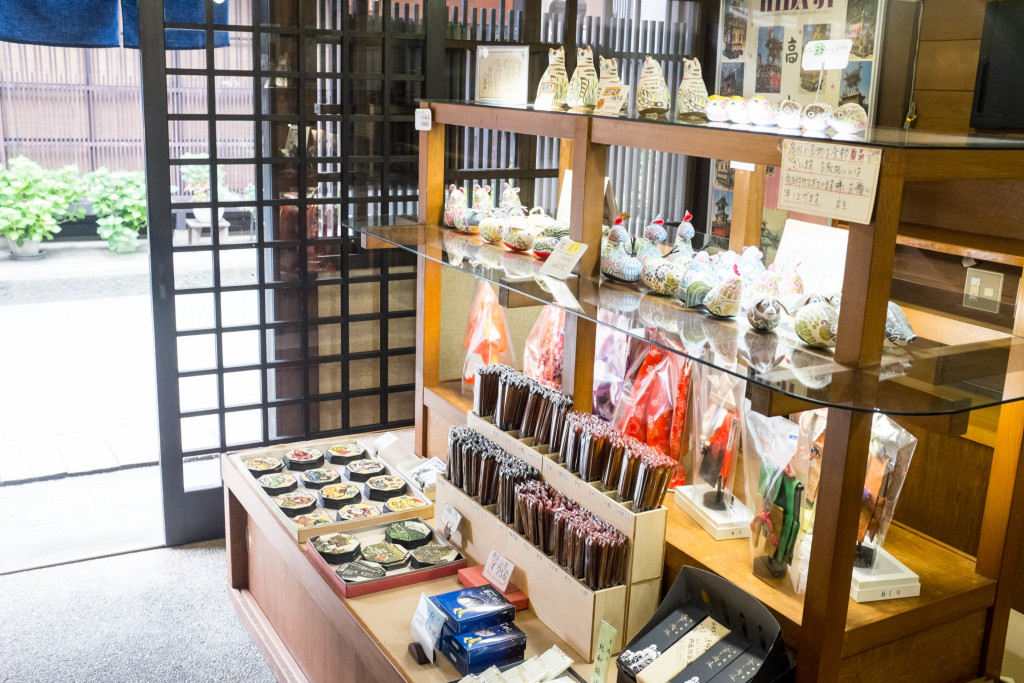
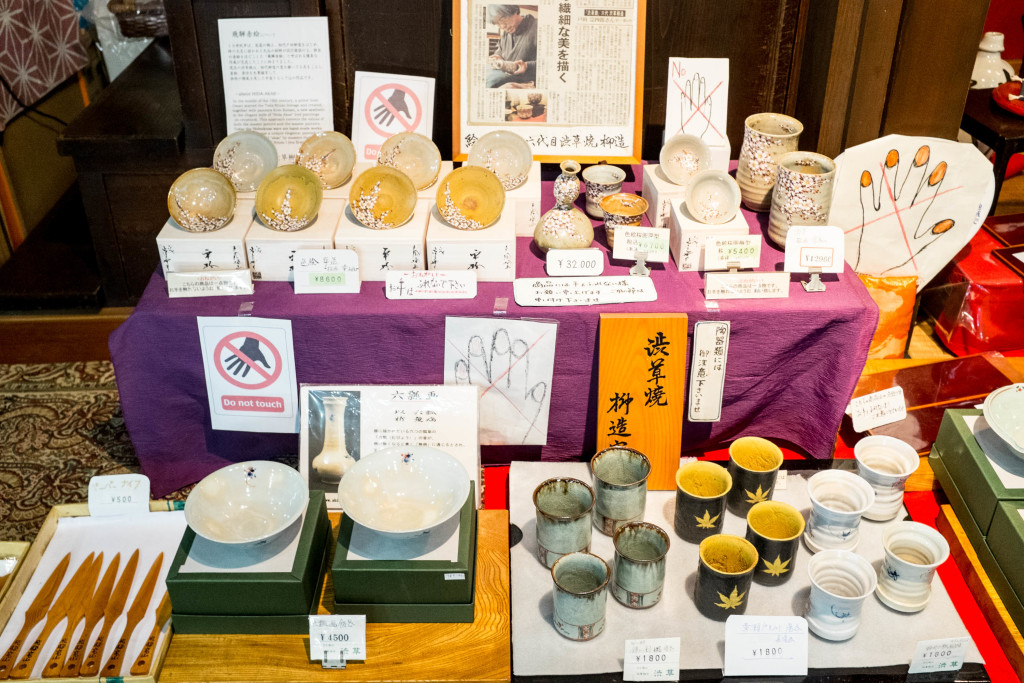
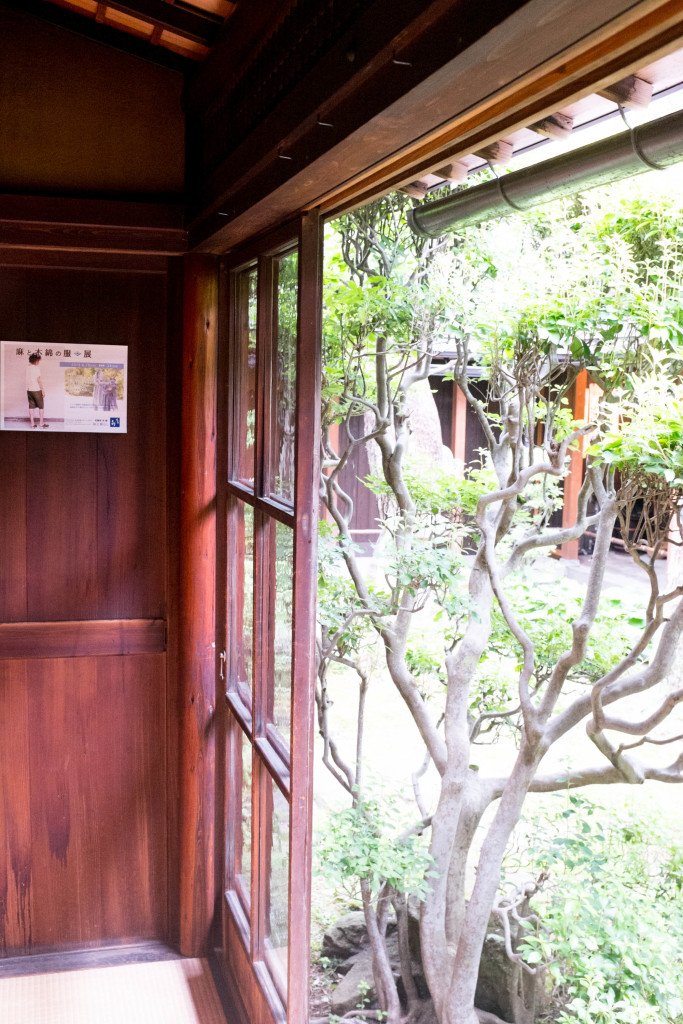
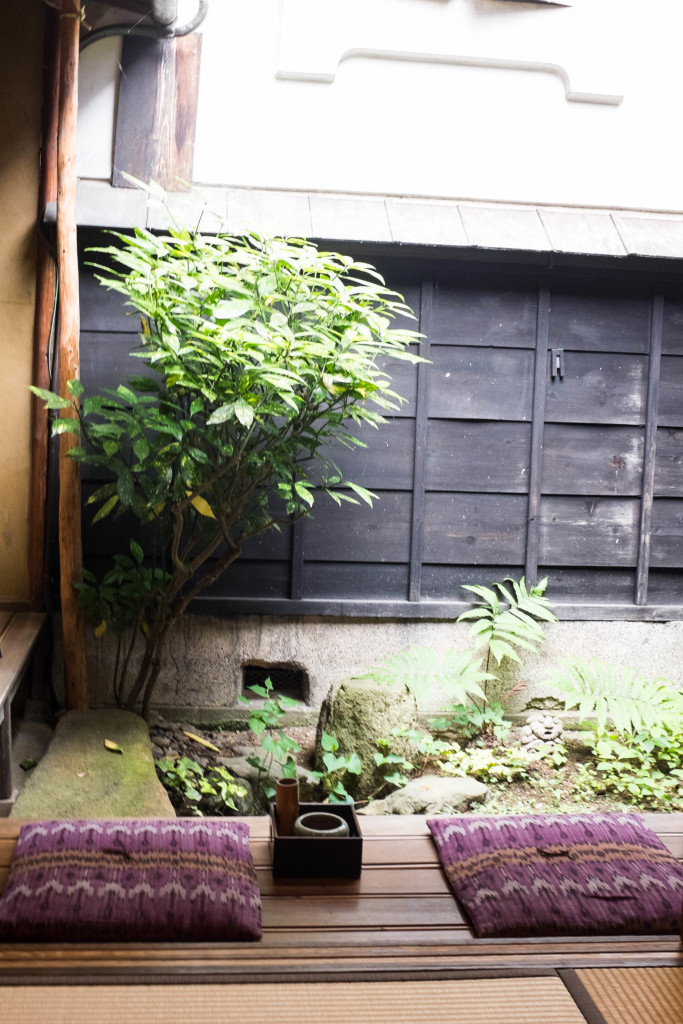
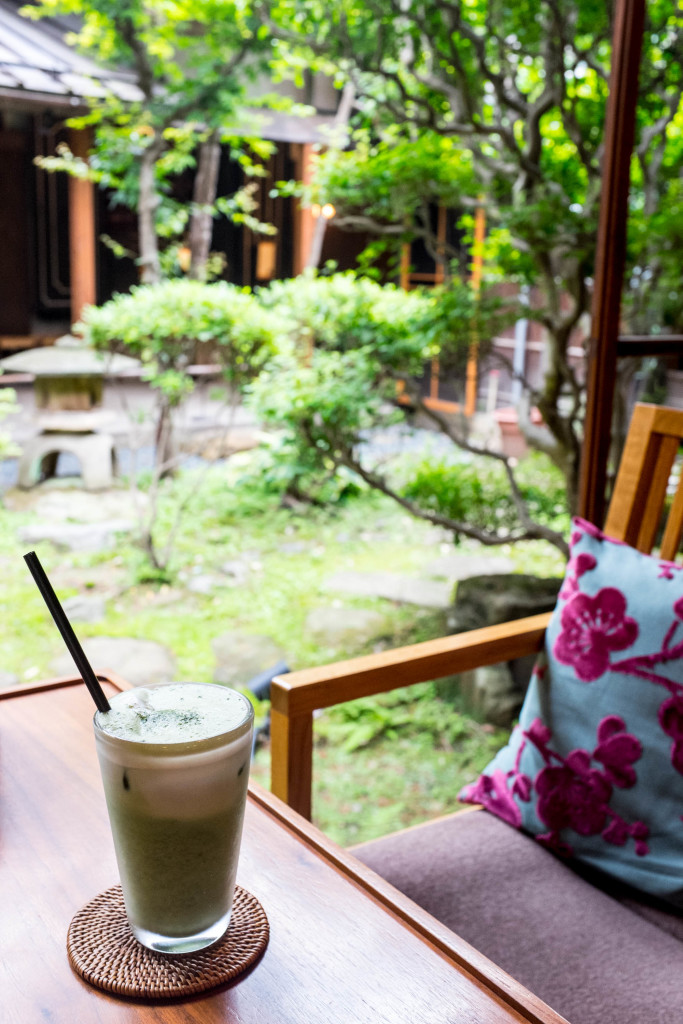
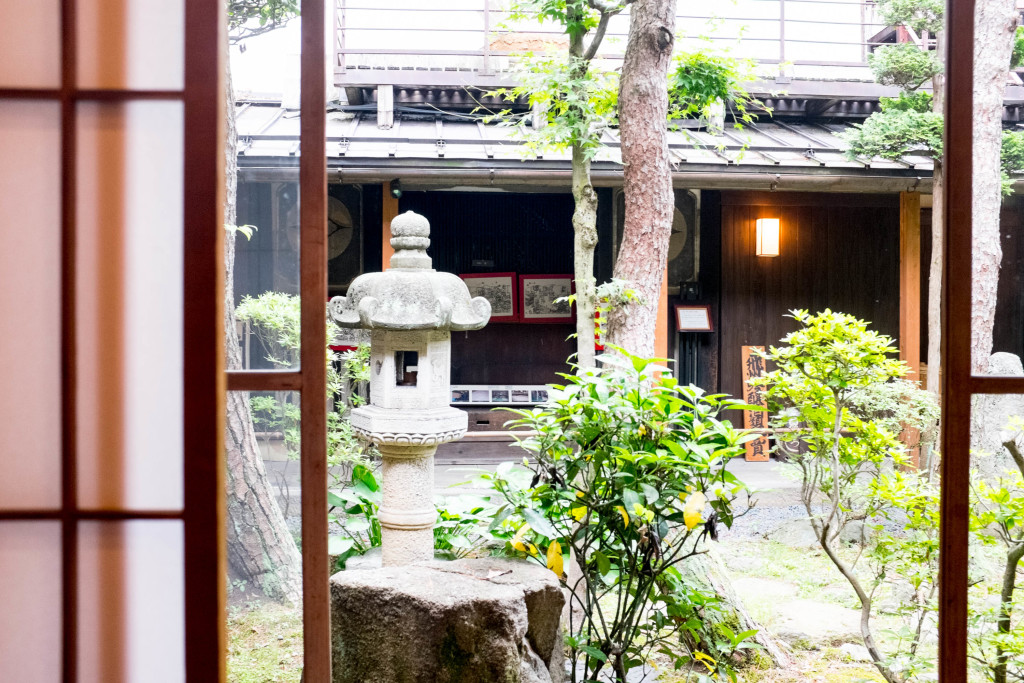
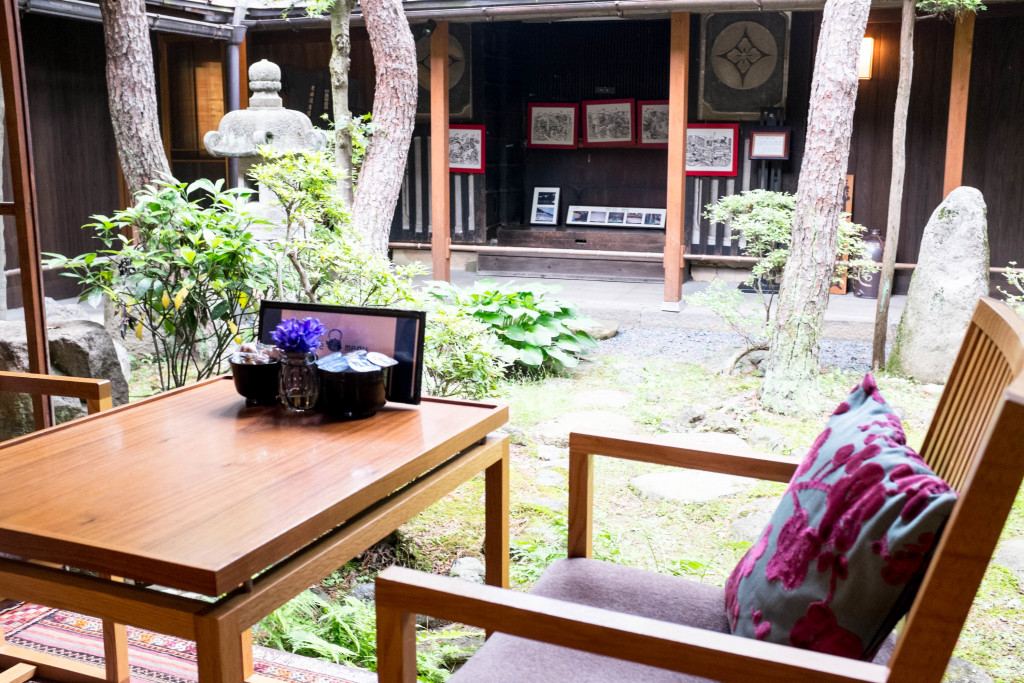
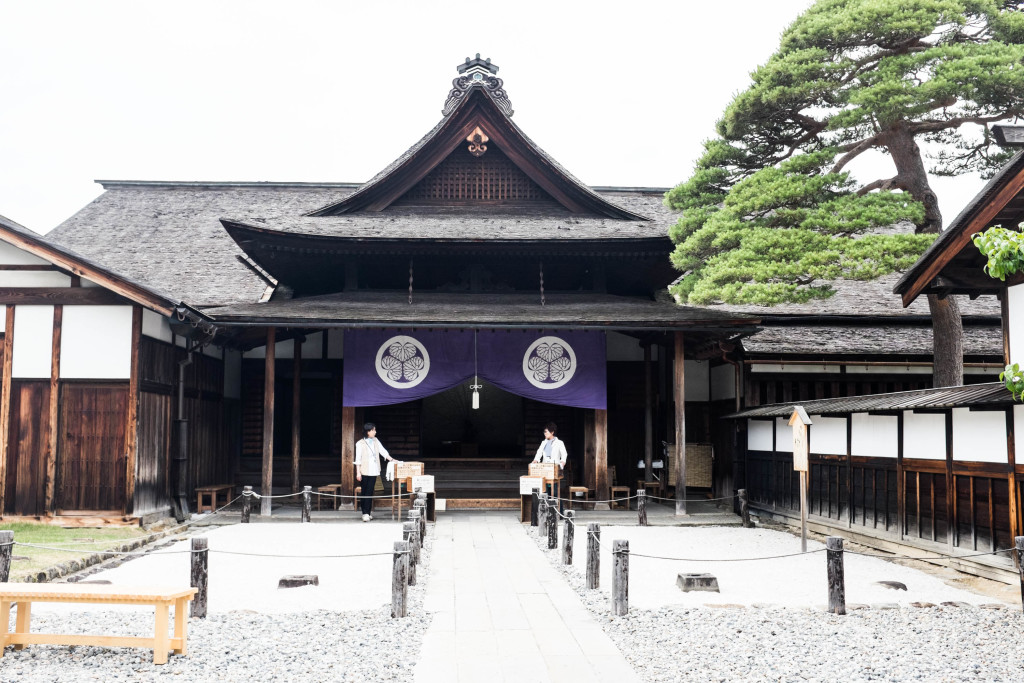
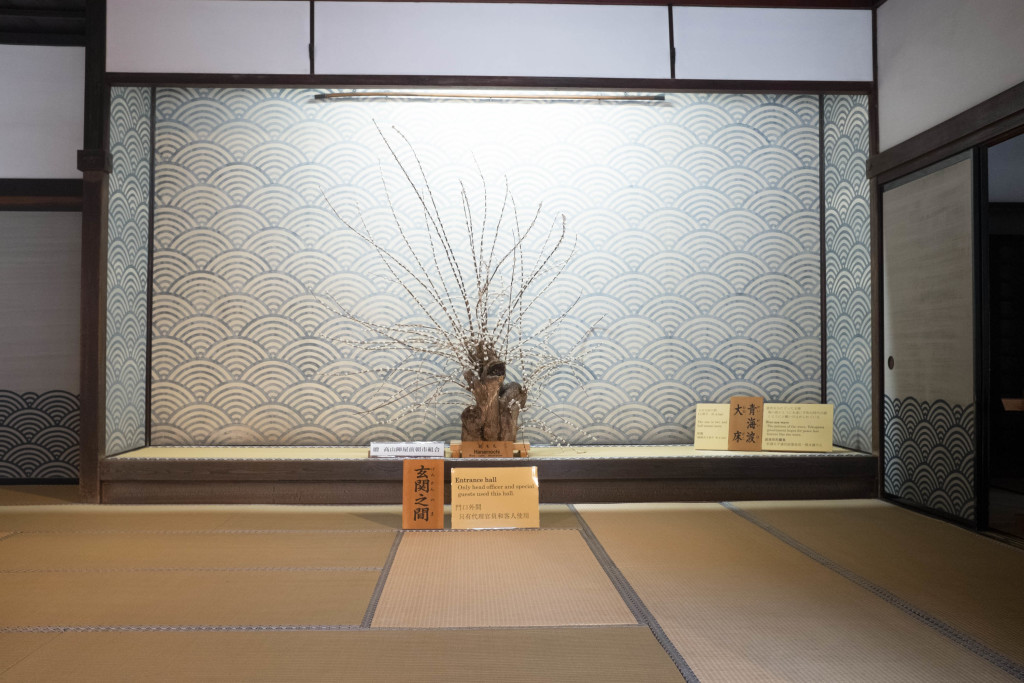
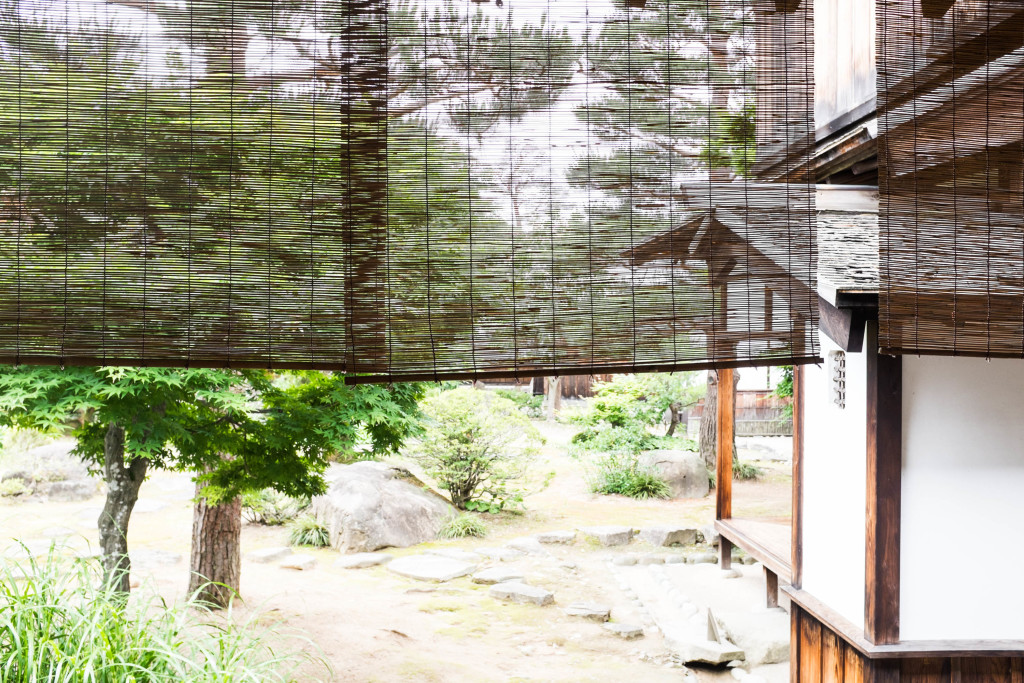
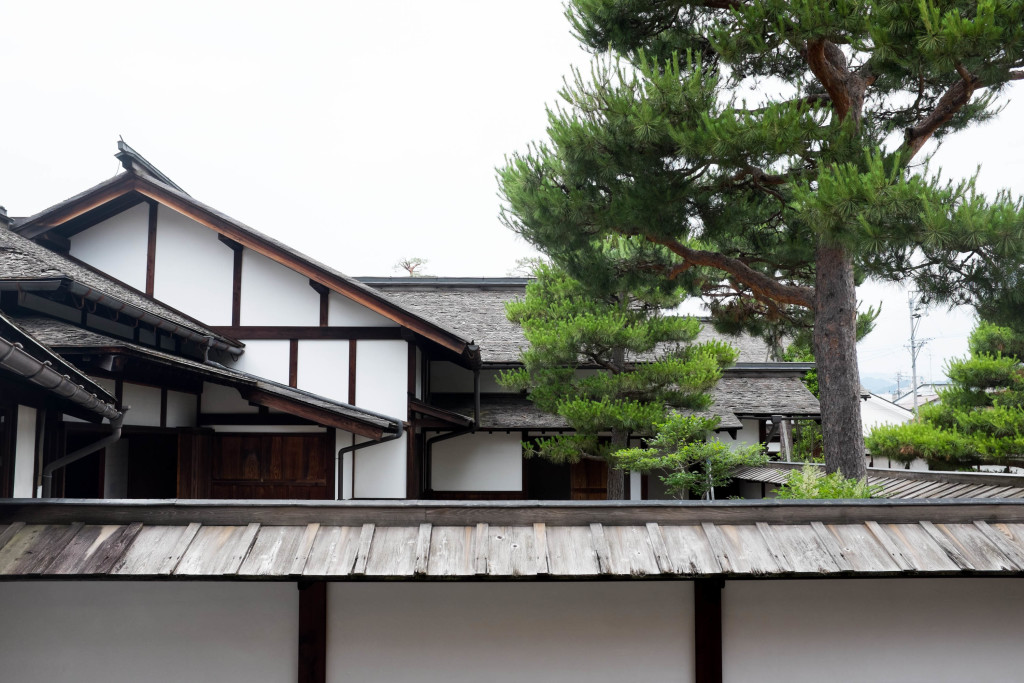
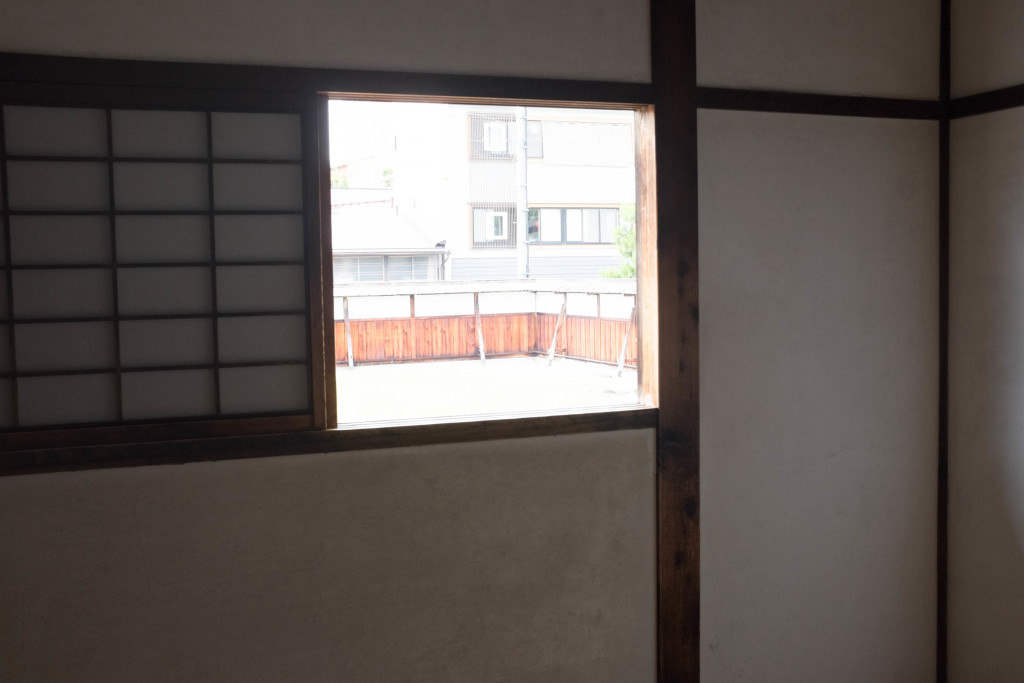
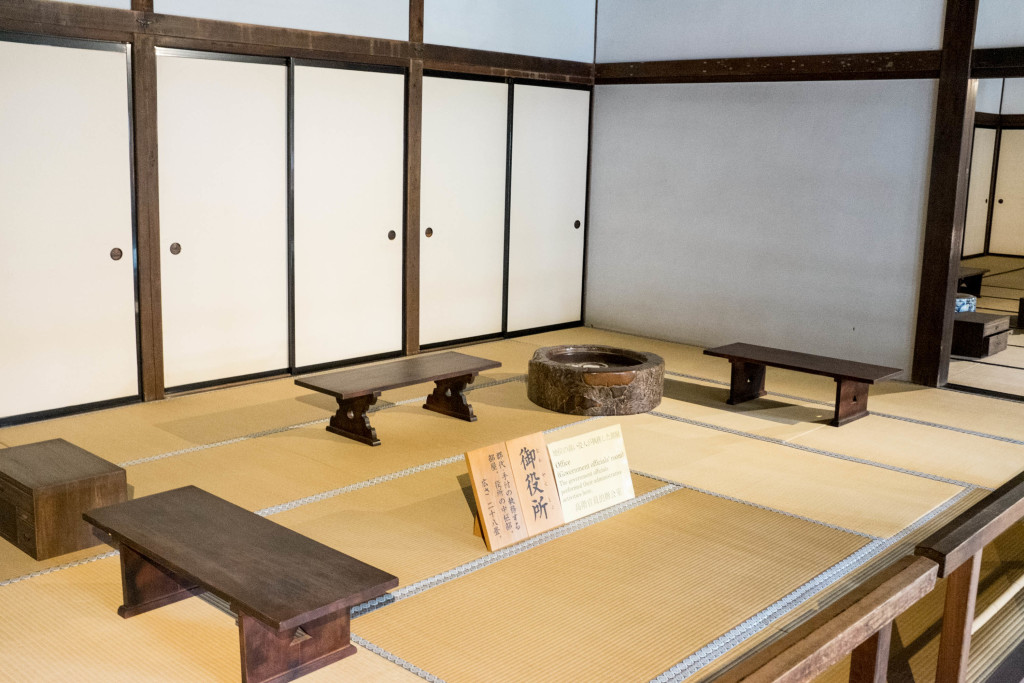
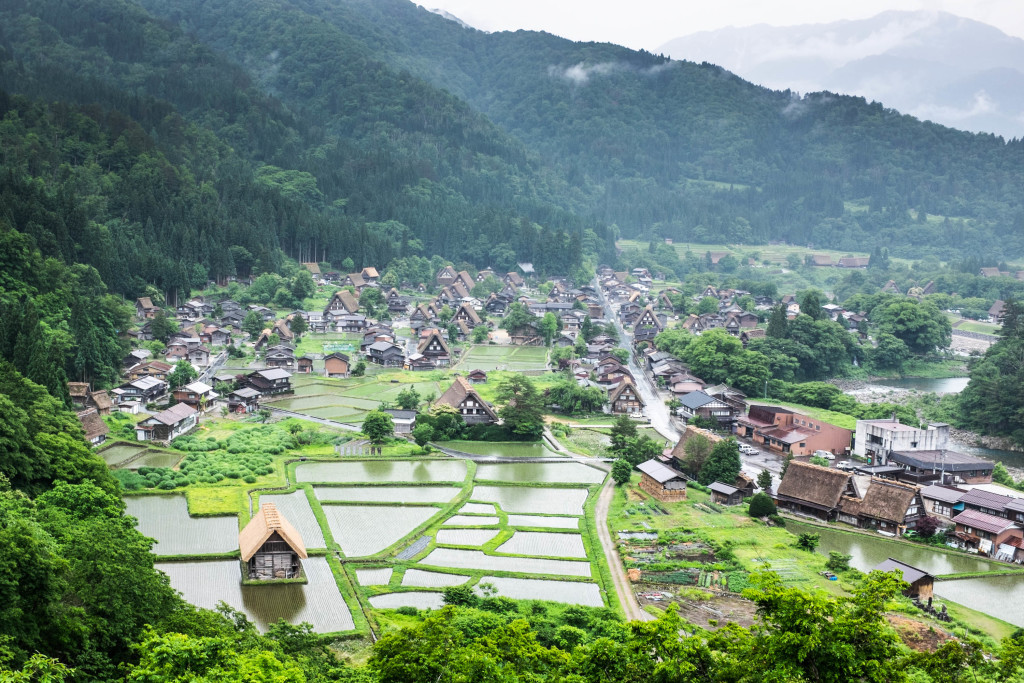
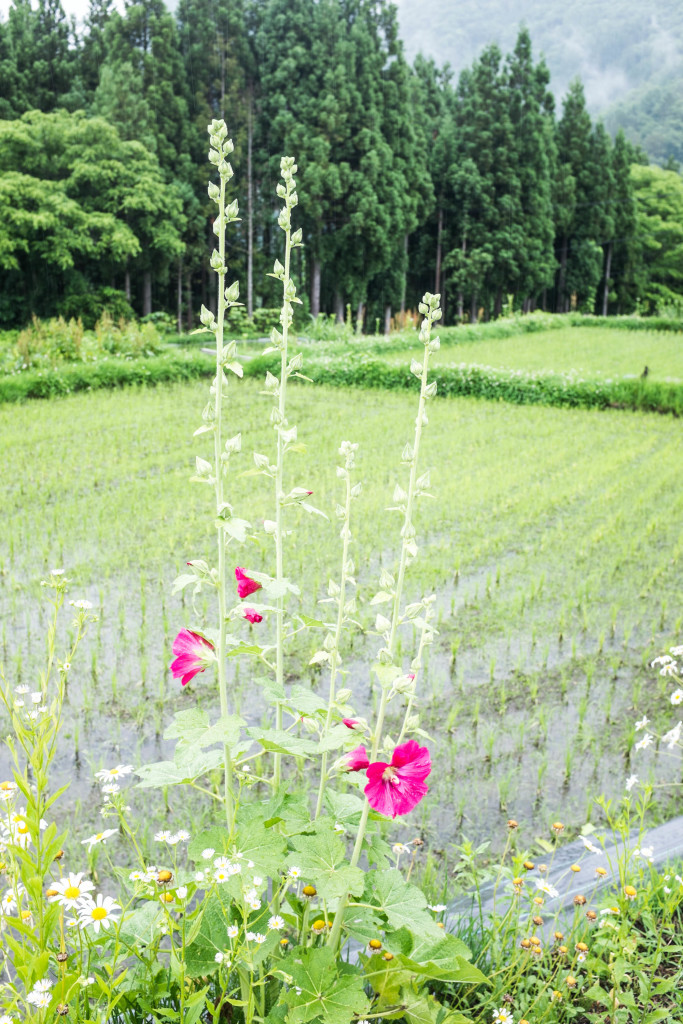
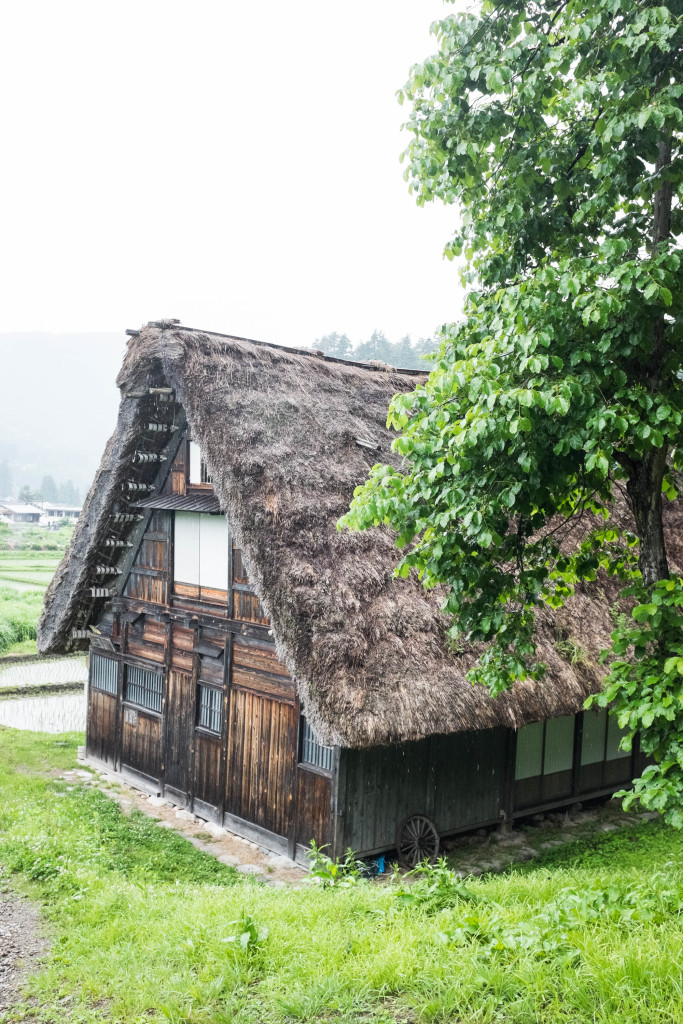
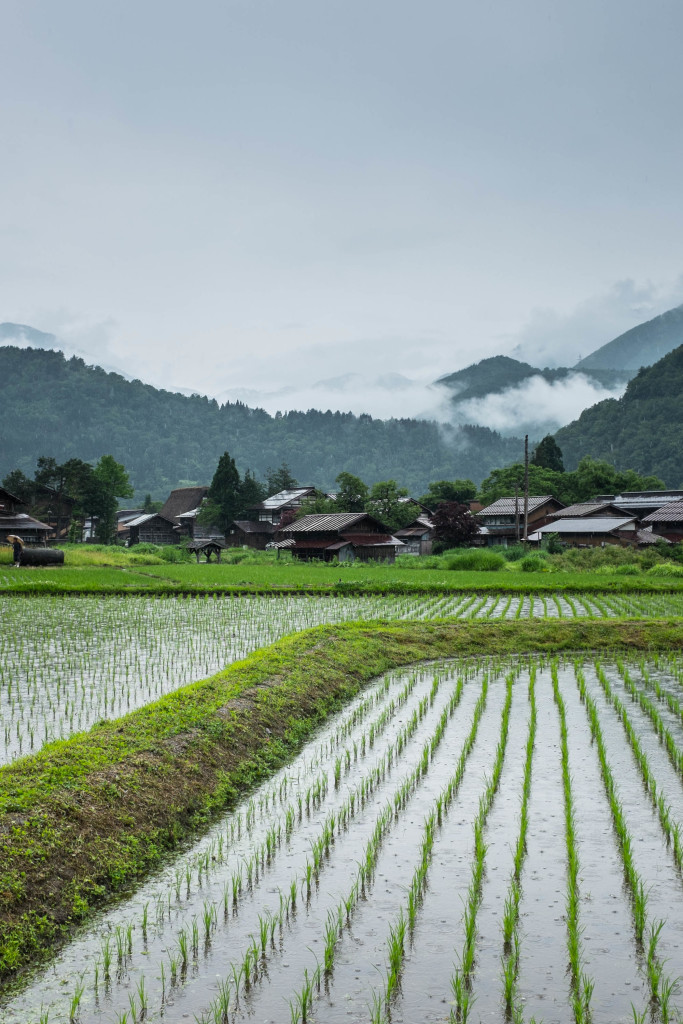
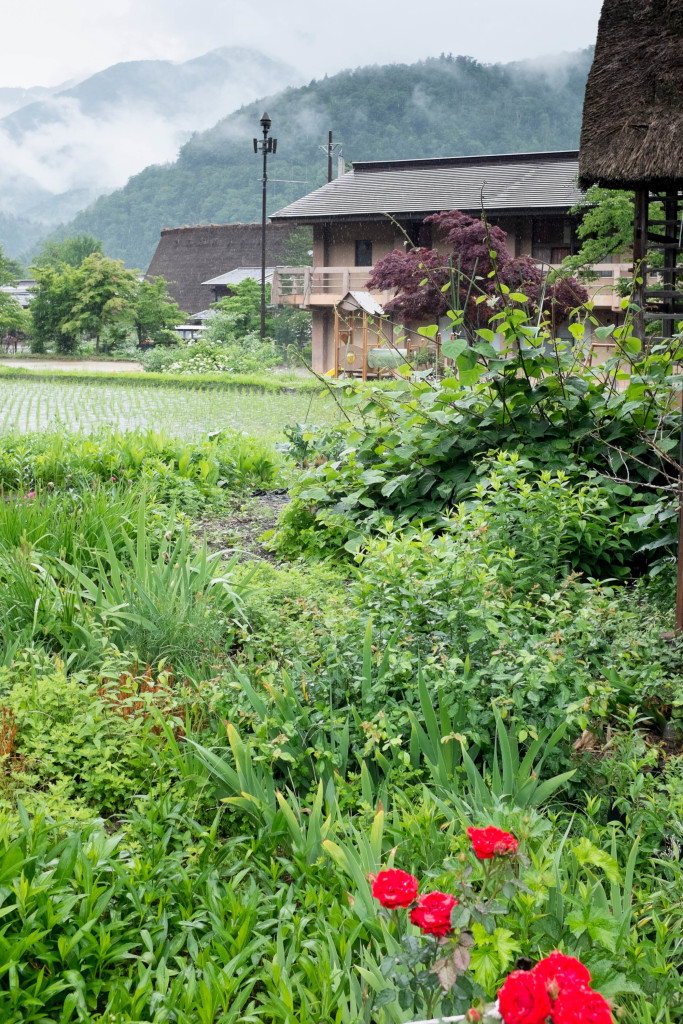
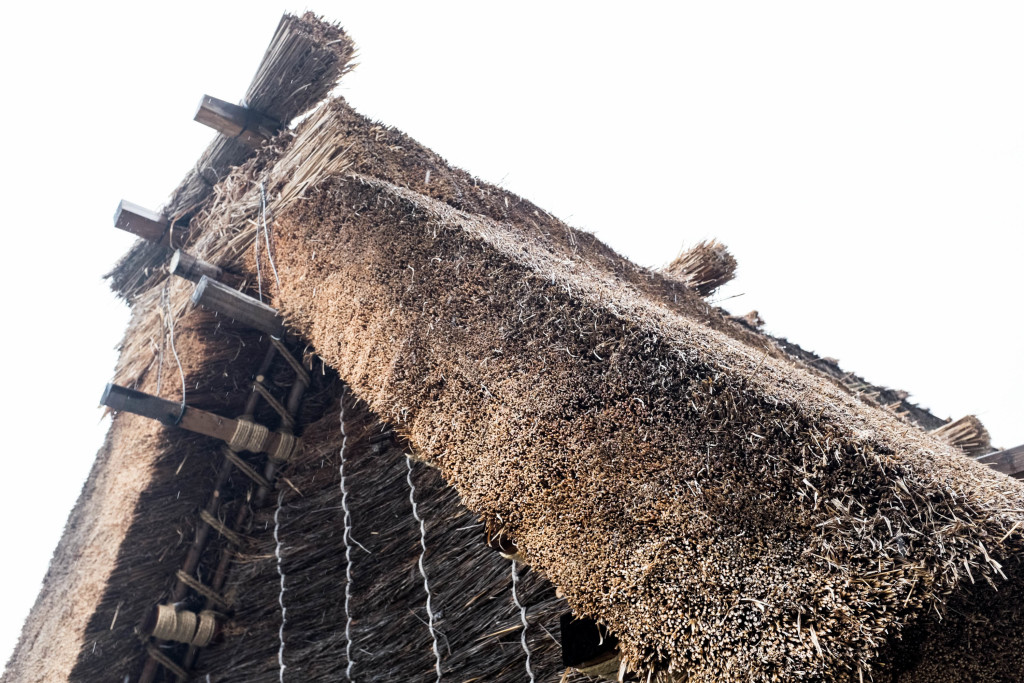
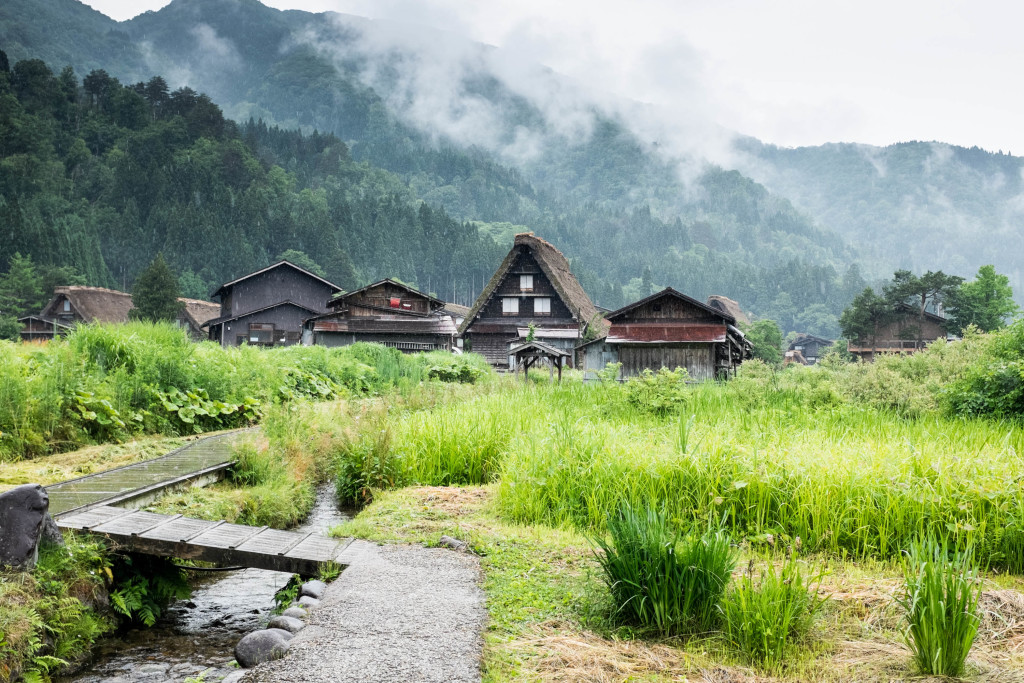
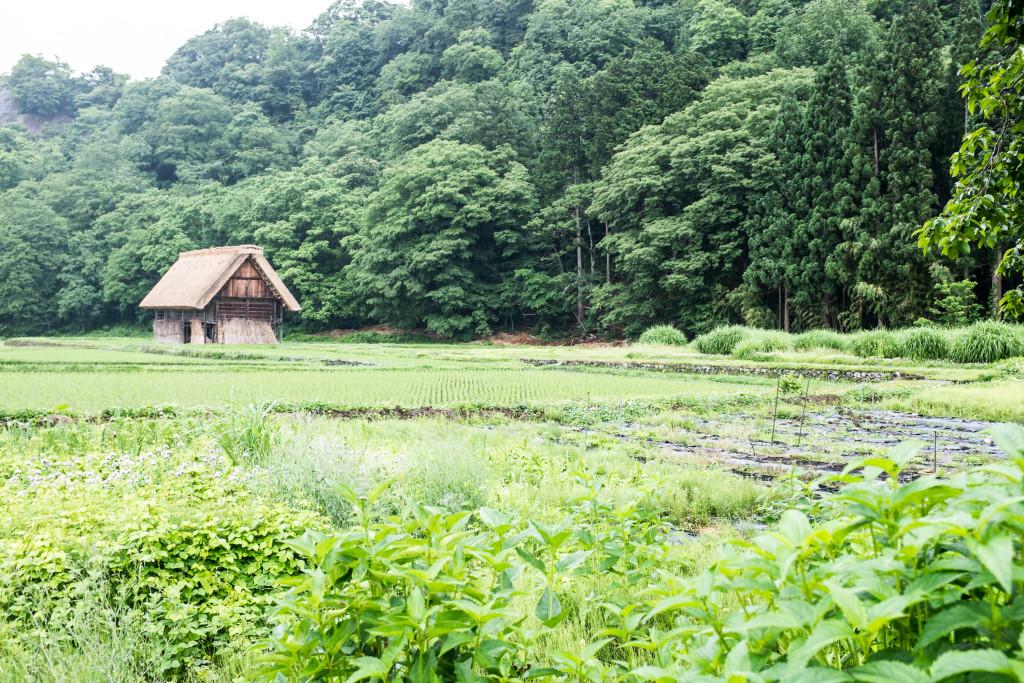
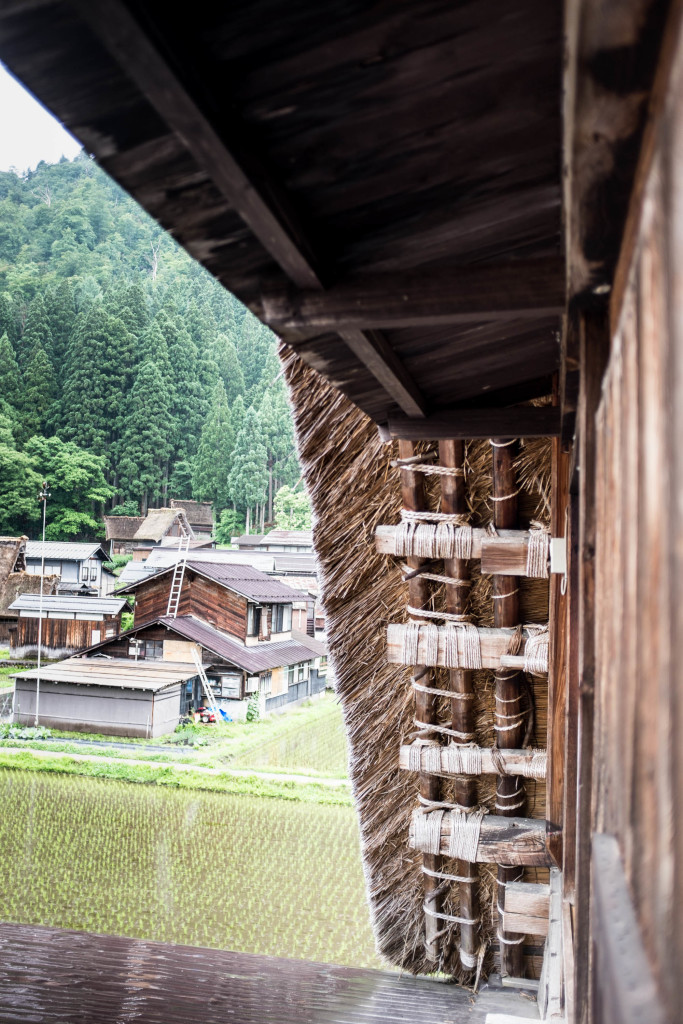
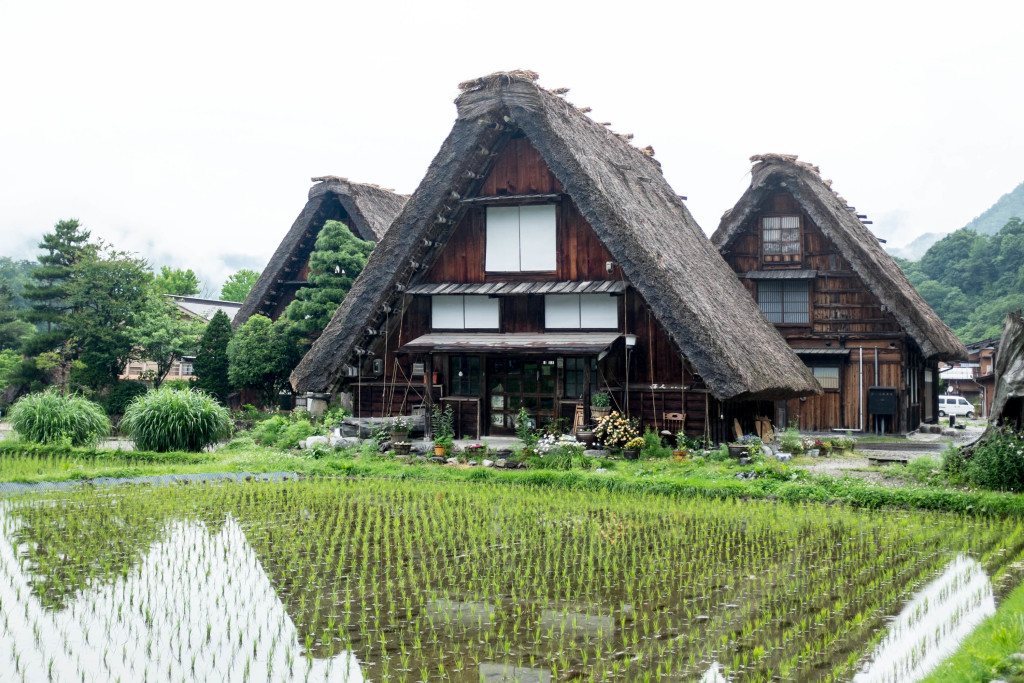
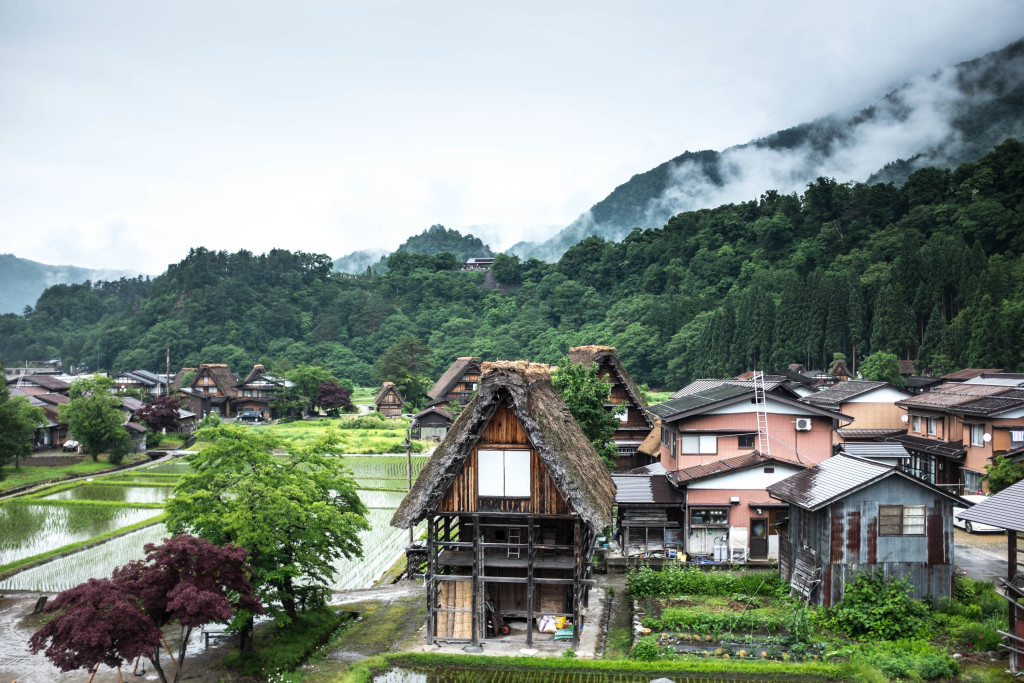
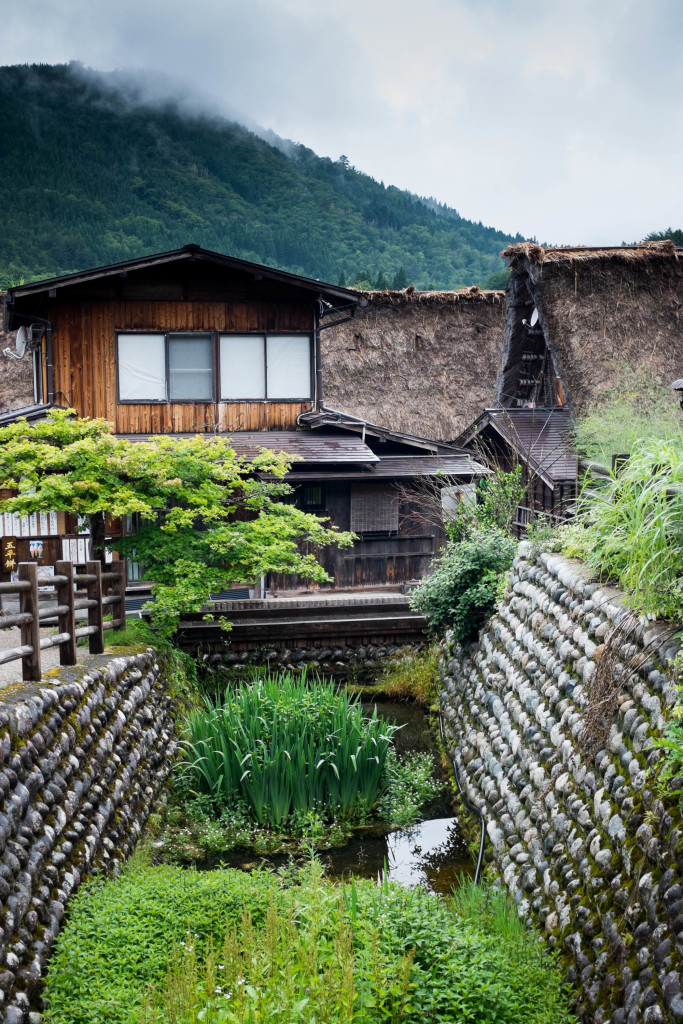
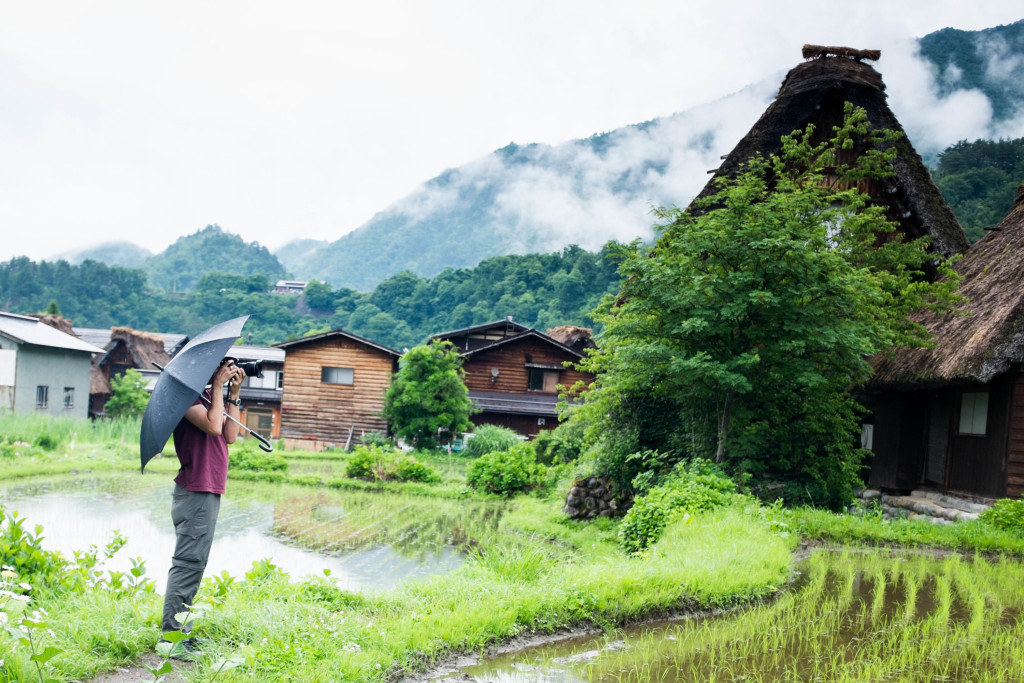
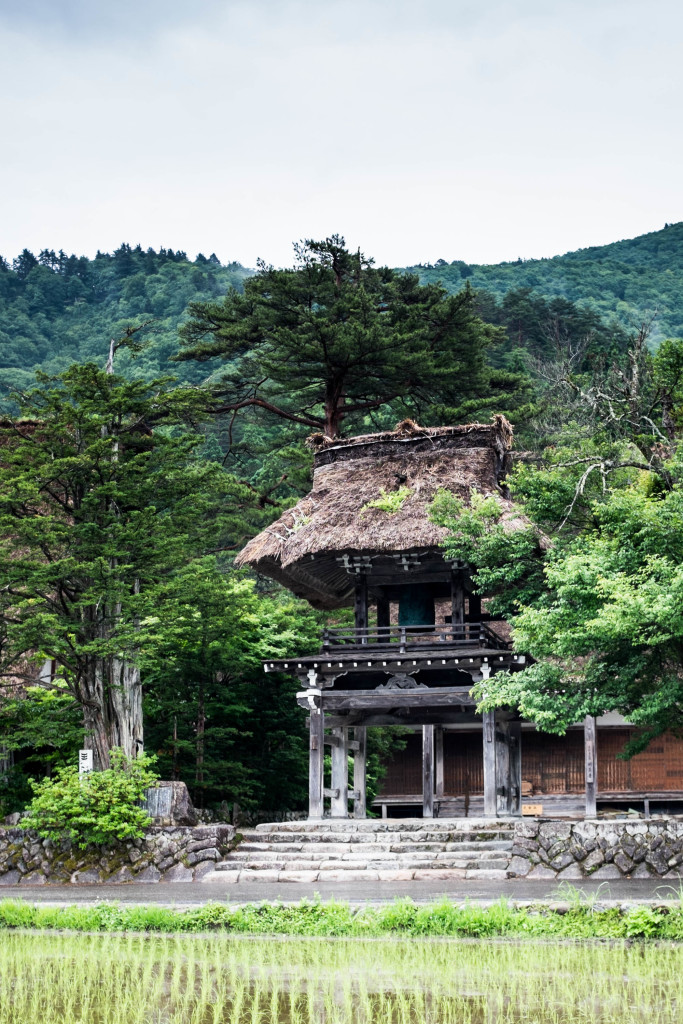
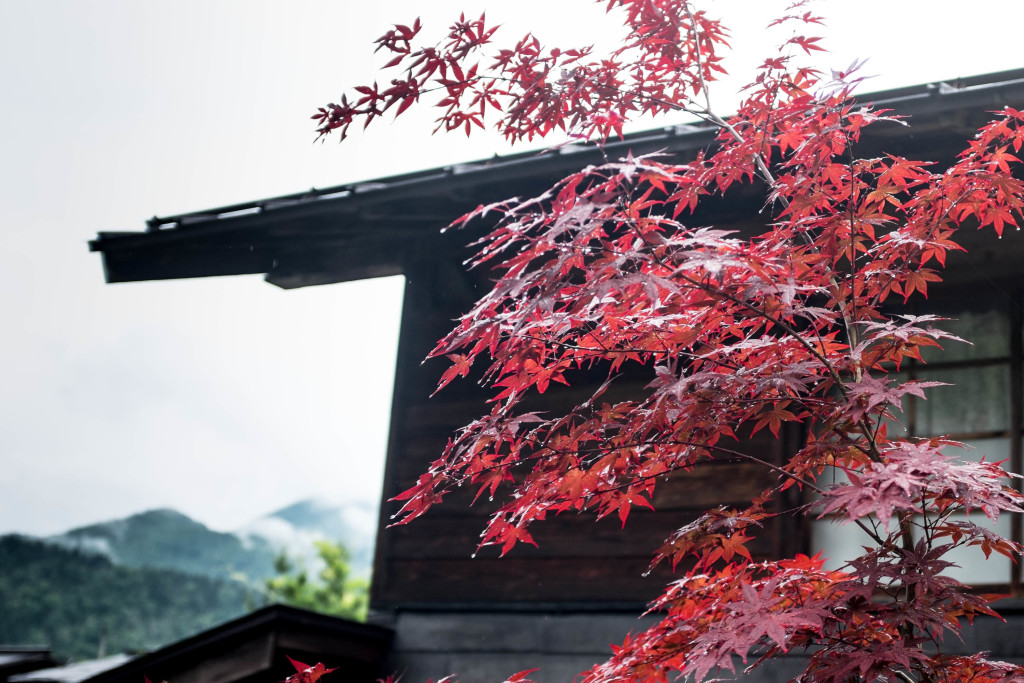
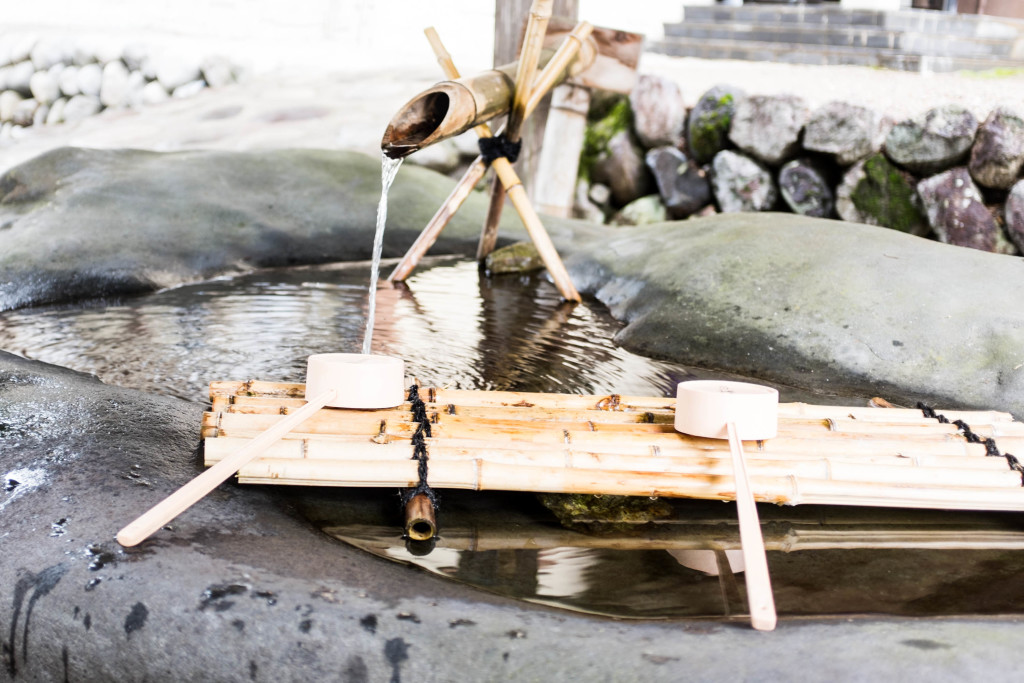
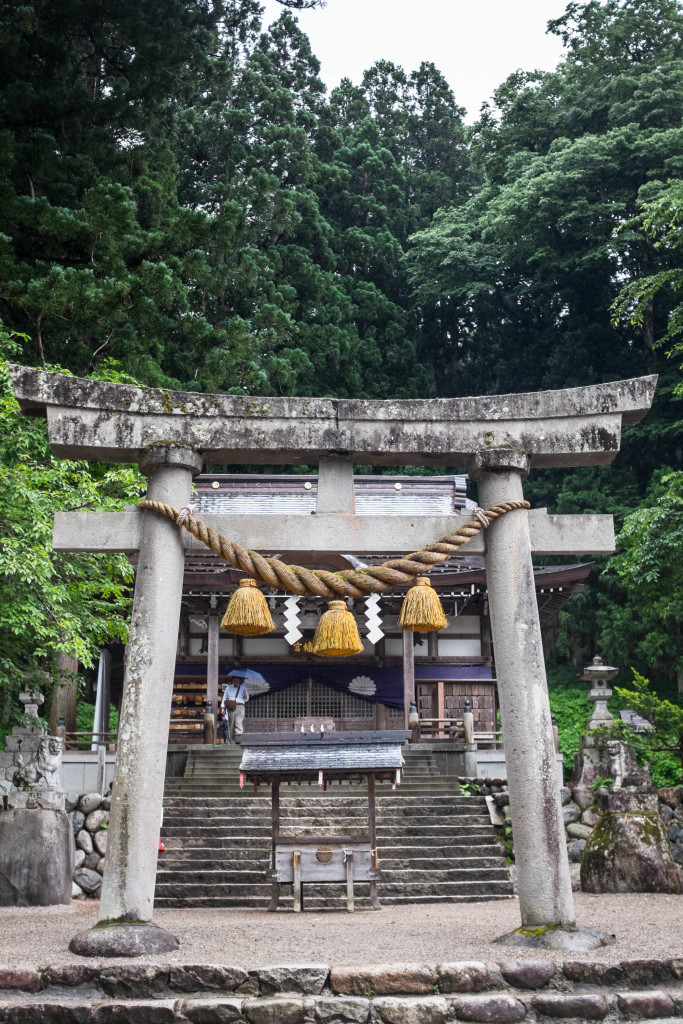
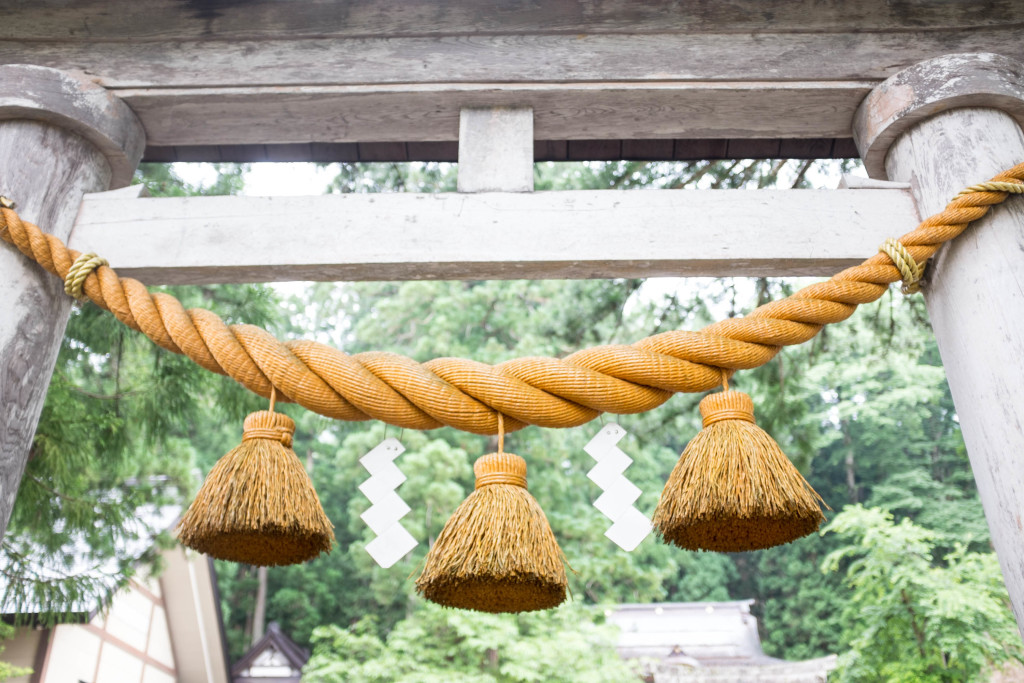
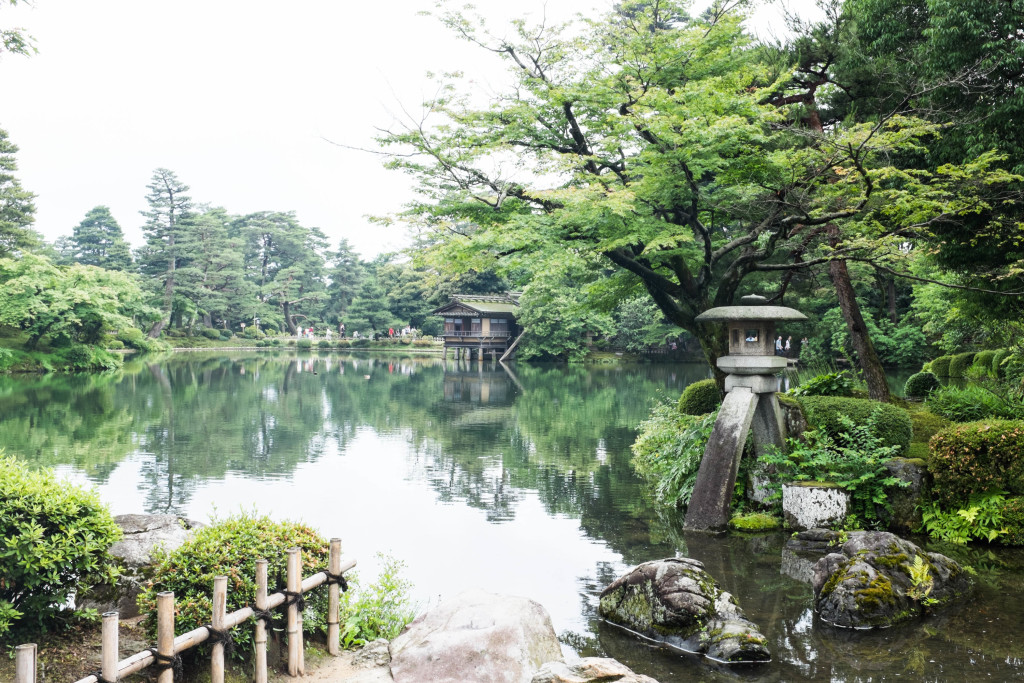
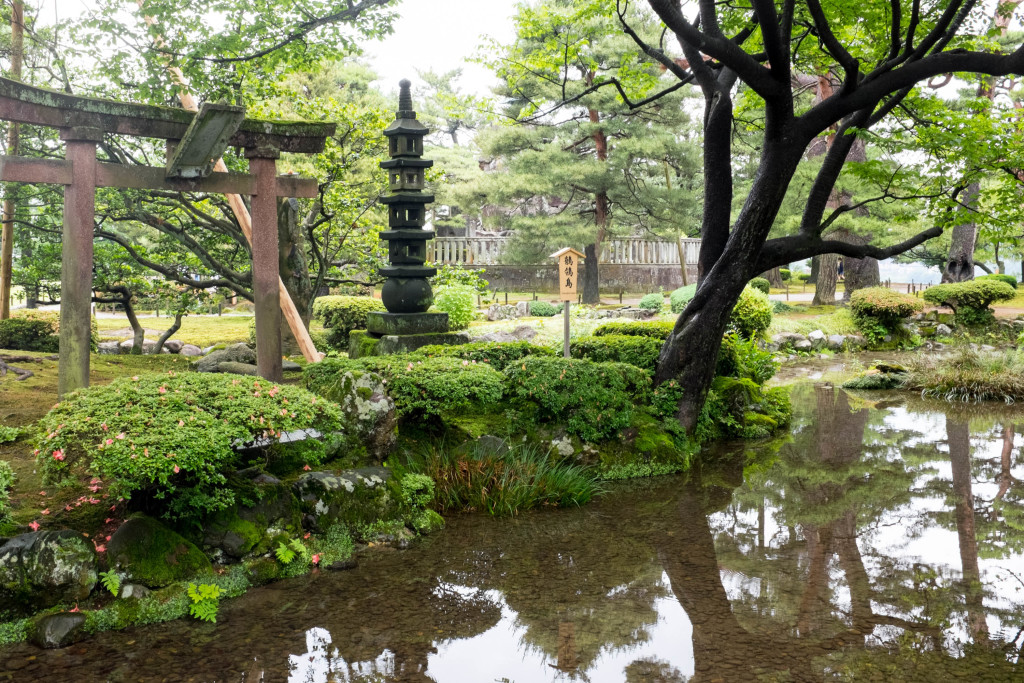
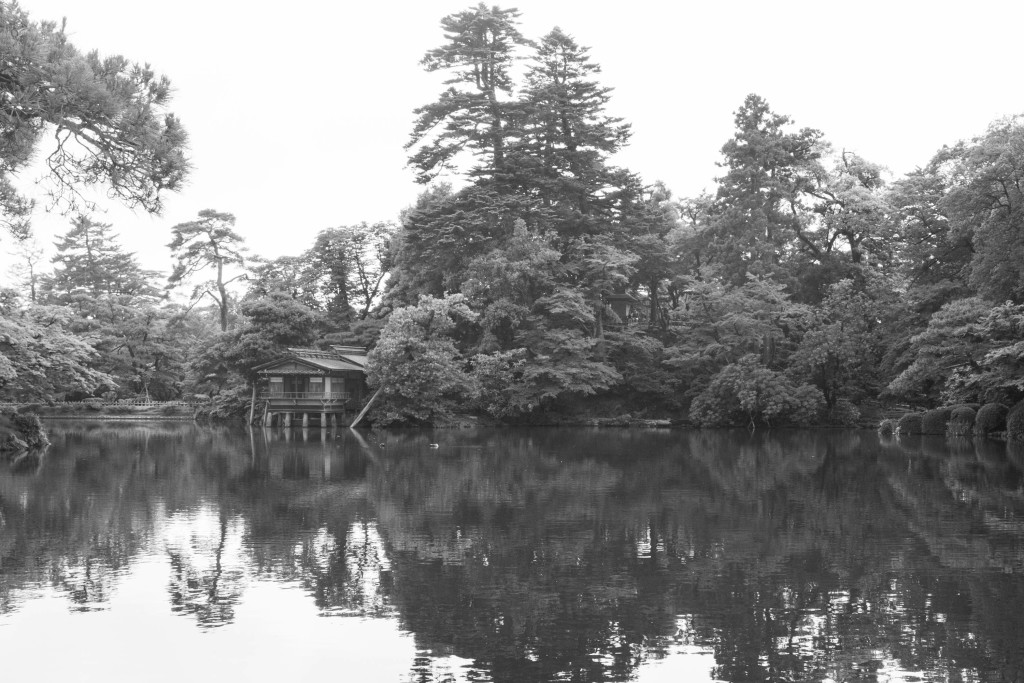
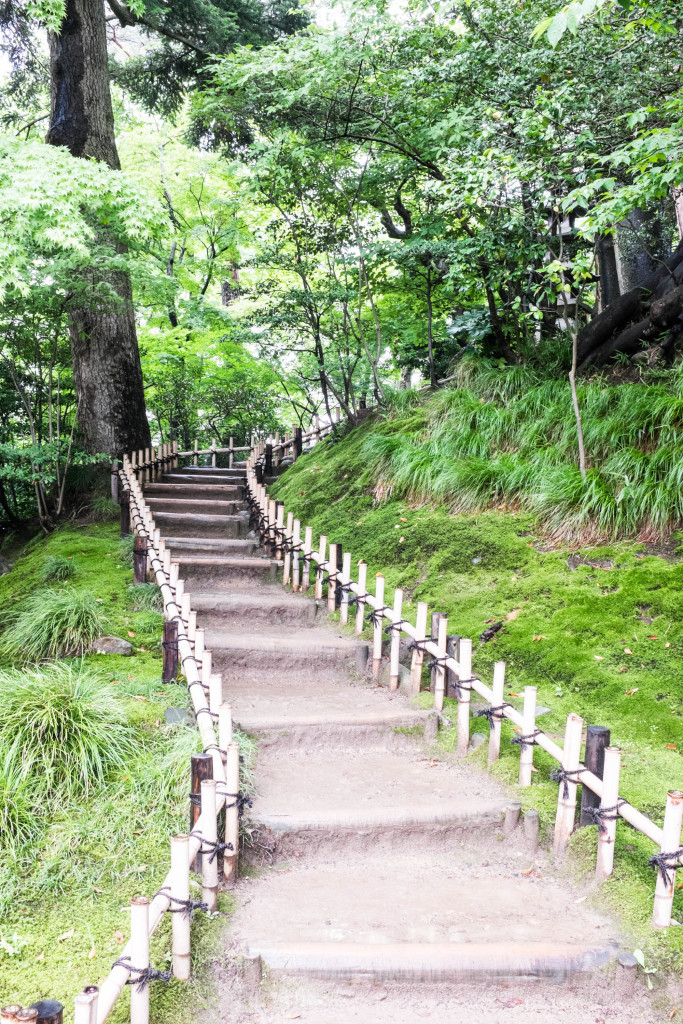
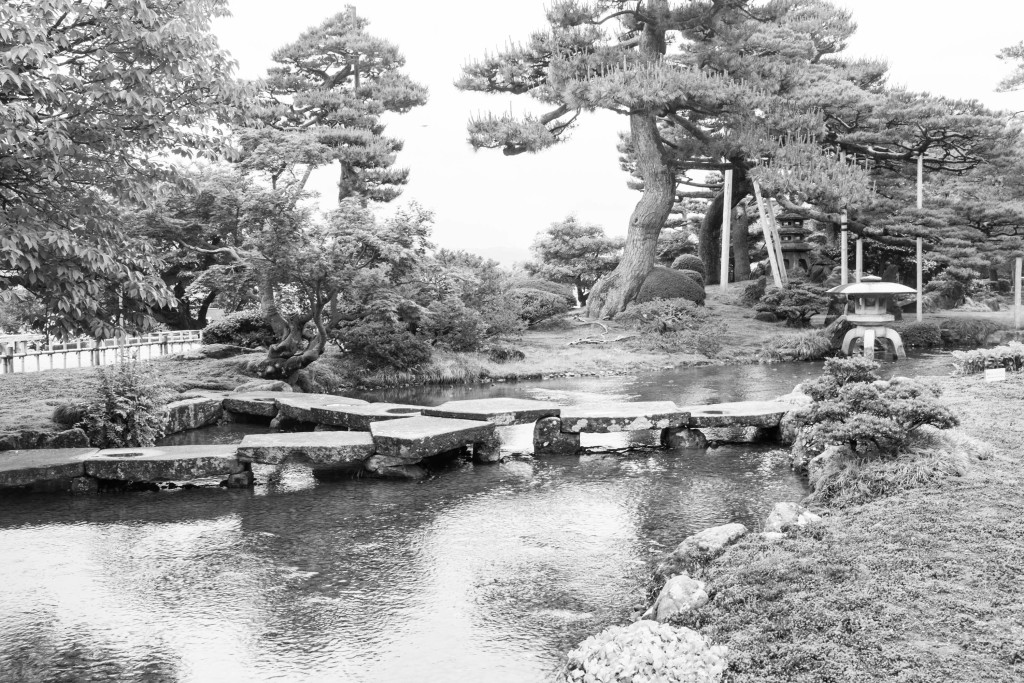
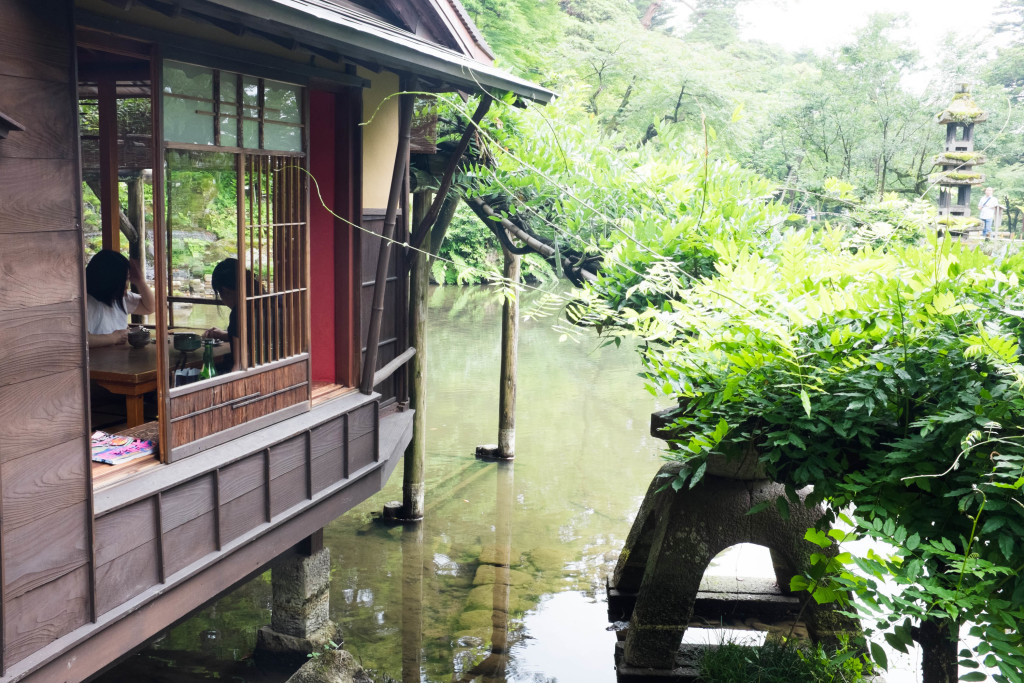
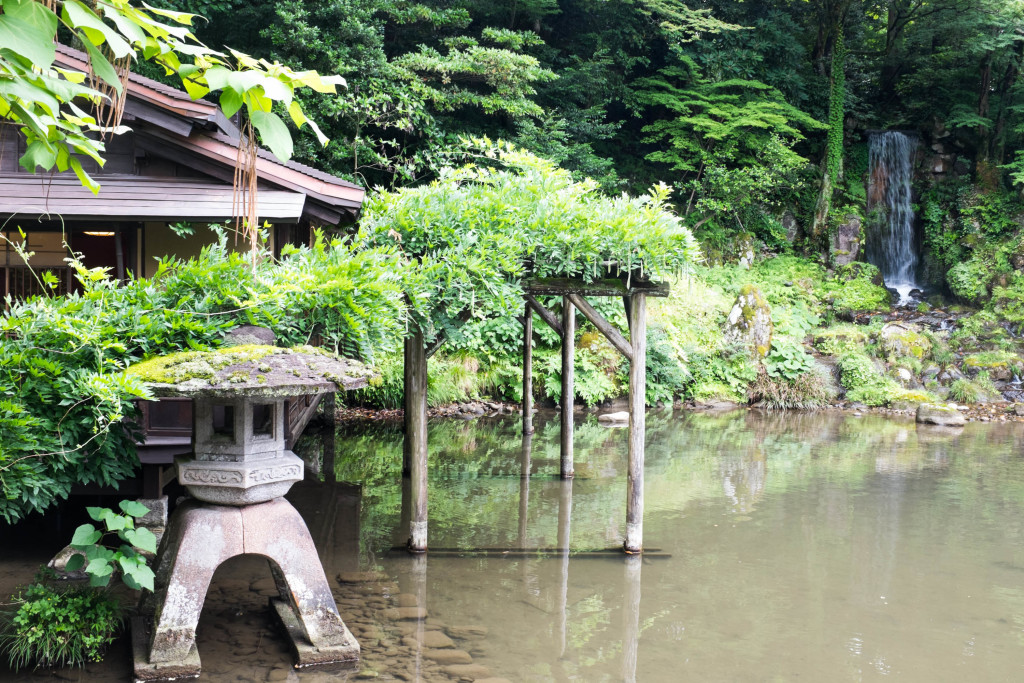
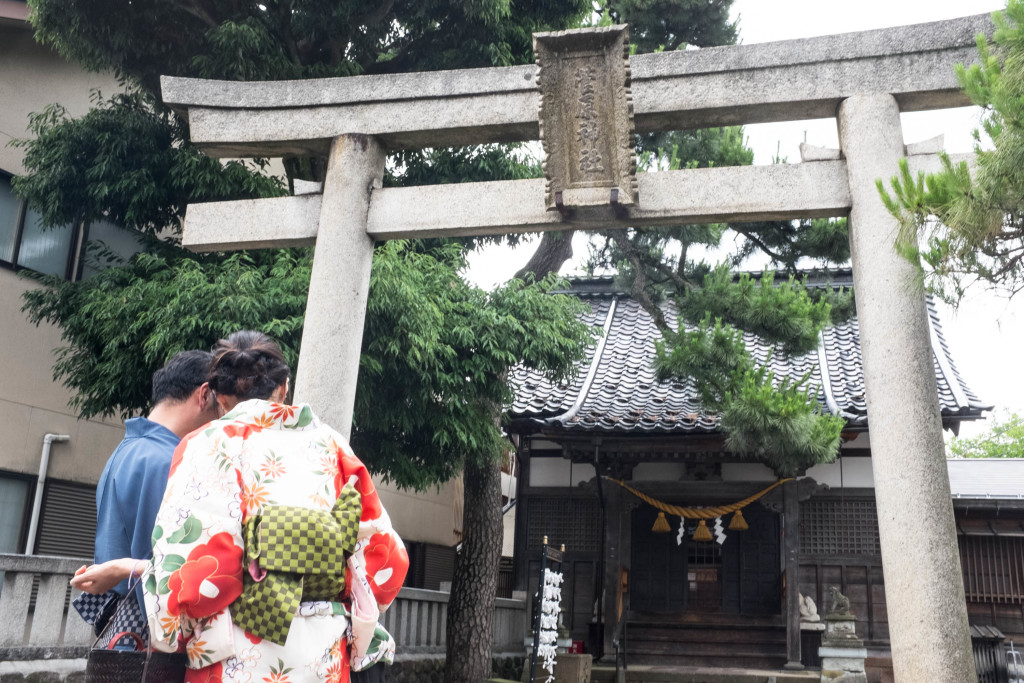
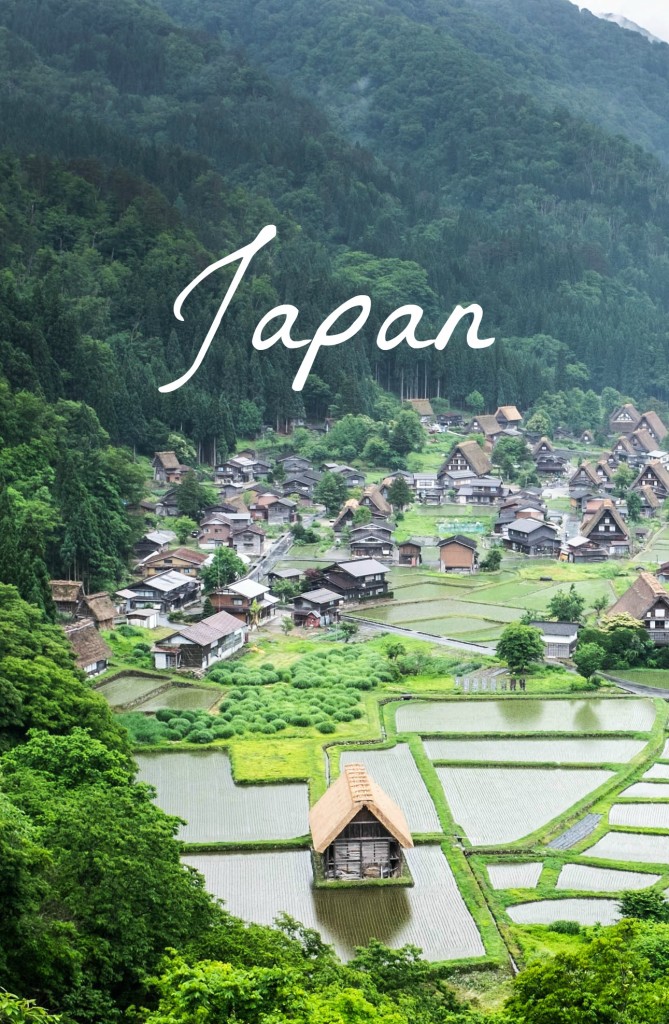
Thanks QingMei! We spent about one night in each location– except Shirakawago. We just drove there and drove back!
We moved around so much during this trip that I’m not remembering every detail, but I think these were the two hotels:
– http://www.honjinhiranoyakachoan.jp/
– http://www.araya-totoan.com/en/index.html
Love your post! How long did you stay in this area and where did you stay in each place? We’re currently trying to plan our trip there. Thank you!
I love this post! Thanks for sharing. Japan is still missing on my traveling list. So far, I haven’t gotten further than China and these pictures look so amazing, I might as well just catch the next plane to Kyoto. The first picture is my favorite, but actually they are all great and make you start dreaming :):
Thanks so much Sara! It was definitely relaxing!
Wow, GREAT shots! I got relaxed just looking at these photos!
Haha I definitely relied on my husband for a while there! And then, I stole his (lighter) camera. hehe 😉
I often rely on Jordan for his photography skills (+ lugging the camera around..hehe). I can’t get over those thatched roof homes and I didn’t realize that it was for silkworms. Gah. The world is really quite beautiful and spectacular. Thanks for sharing your journey with us!
Thanks Christine!! And I agree, US trains need some serious fixing (having taken amtrak from Boston to NYC like a hundred times, I know).
Hehe thanks girl! You would LOVE it here: food, history, scenery, people– it’s got everything to the most excellent degree.
Aw thanks Kiki!! And that means a lot to me, maybe one day 😉
Aw thank you, friend! You would love the shops here then. Everything is so beautiful and well-made.
Thank you Marcella!! It really is serene and calm. 🙂
Lovely photographs! Fatique or not 😉 I would love to ride the bullet train one day! I mean why do we not have one here in the US?! Public transits is blah here so maybe I should start with something simple like a regular train lol.
Oh my gosh are these photos REAL? This trip just looks and sounds so out of this world Daisy! I’m so happy for you two!! Although this is causing some serious travel envy — get me to Japan asap! Can’t wait to see where you go next :-*
http://www.threadandbones.com
Amazing as always. I’m being totally serious when I say if you were to write a book on your travels and experiences I would totally read it. (:
http://www.accordingtokiki.net
Despite your supposed “inexperience”, these pictures are so beautiful! I feel like you’ve definitely captured life in and the spirit of Japan. All the little ornaments being sold are so adorable (I’ve always been a bit of a hoarder and it looks right up my alley haha). Enjoy your travels and stay safe!
What beautiful and colourful photos 🙂 I really got a feel of the Japanese countryside by looking at these. It looks very serene and calm, those gardens are so beautiful!
Thank you so so much Hannah! I think you’d really like Japan, so I hope you make it out one day. 😉
Thank you, Jo-Anne! That means a lot to me.
Ah thanks so much, friend! Shirakawago is amazing… I saw a photo of it in the snow and it was out of this world! So cute!
Thanks Jenna! Oh, there are sooooo many flowers here. And maple trees. Everything grows SO well, and the Japanese are very particular about their plants. You would love it!
Ah thank you so much Emily! 🙂
That’s fantastic that you’ve been wanting to go to Japan! I don’t know why it’s not more popular– it’s just as stunning as the best of Europe in my opinion! And thank you Adriana! Hope you make it out here someday.
Thanks so much Brittany! And yes, isn’t it hard to decide whether or not to photograph?! I think I received the (divine?) “gift” of having my camera battery die one day. So I put it away and enjoyed the scenes. But mostly, I don’t know if I’ll ever come back to these places, and I want to be sure to capture them.
Hehe! It’s really lovely! 🙂
Aw thanks Julie! I appreciate that! 🙂
Thanks Amanda! I appreciate that! x
Thanks Kaelene!!
Ah thanks Renee! Hope you make it here someday! 🙂
Daisy, these are awesome pictures!! I understand the idea of fatigue when it comes to wanting so badly to provide your blog with good pics, but also wanting to soak up the time while I’m traveling (without fiddling with a camera). But really, I’m glad you’re taking the time and effort to share all of these! It is so fun to see (you had me at “countryside charm” 🙂 – and it really widens my horizons since I won’t be getting to Japan anytime soon. 🙂 Have fun!
Since I will never get to Japan, I can tell you that posts like this are so nice and makes me feel happy that I can enjoy the photos you have
Beautiful, beautiful, beautiful! Your photos turned out truly lovely, even if you are tiring of them all. I’d love to see Shirakawago after seeing your pics – it’s looks so serene and protected, nestled in between the foggy-topped mountains! I can’t wait to see the next part of your adventures
I really am impressed by your photography! You’re doing a great job, but I can understand that it’s tiring to take so many photos and try to get them just right. Those gardens are stunning, and I love the structure of the houses!
These photos are gorgeous!! I have always wanted to visit there, I hope you are having the best time!
XO,
Emily
http://Www.idodeclareblog.com
I’ve been wanting to go to Japan since forever and this is making me want to go even more. Gorgeous pictures!
You did a beautiful job with these photos, Daisy! You really captured the serenity of each place (and you made the gardens look very serene, despite the obnoxious tour guide and large crowds!). I know what you mean about photography fatigue — sometimes I just want to enjoy a place or a moment without trying to snap the perfect photo, but then I always regret not having it. Keep it up, you’re doing a fabulous job!
I don’t know what you are talking about, girl! Your photos are awesome!
Well carrying your camera around is worth all the effort as your photos are lovely! x
Well I think your pictures are awesome! What charming towns to visit!
Your photos really make me want to visit Japan!! Shirakawago looks so beautiful!
Renee | Lose The Road